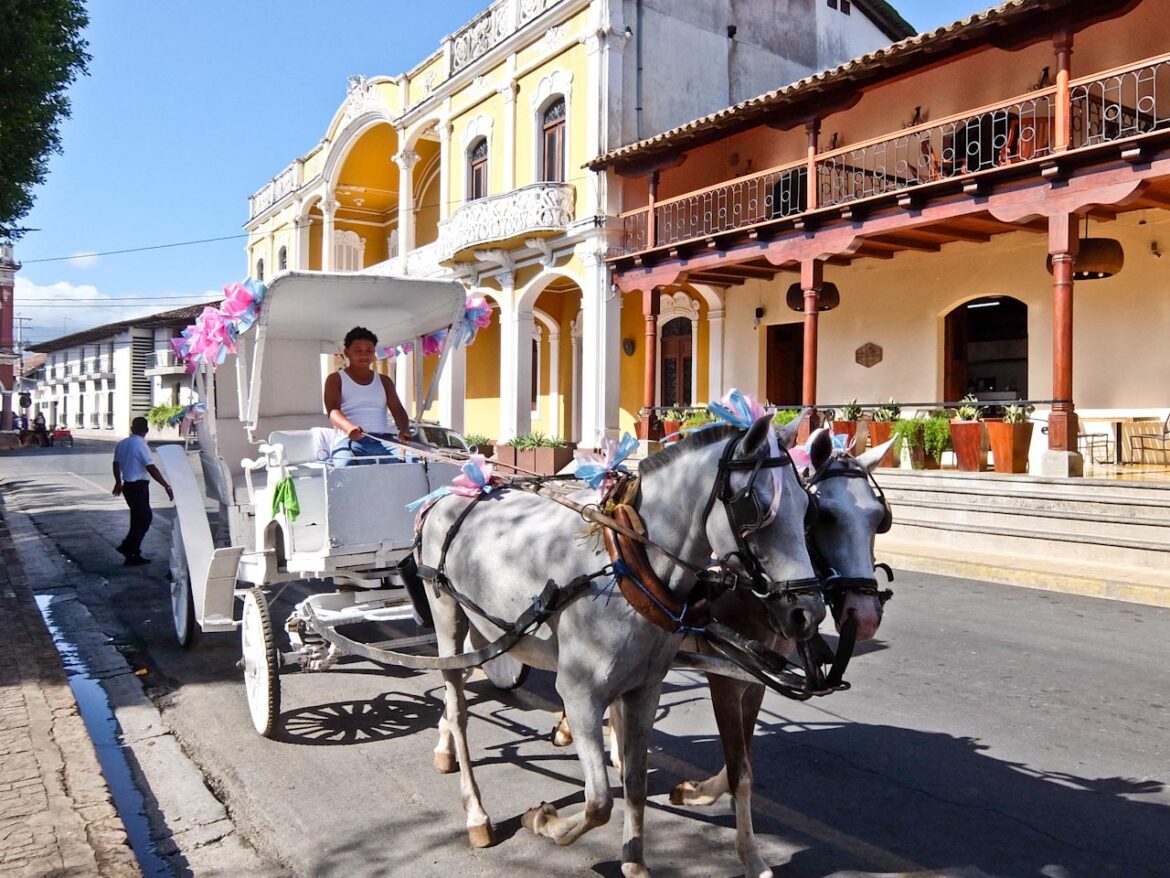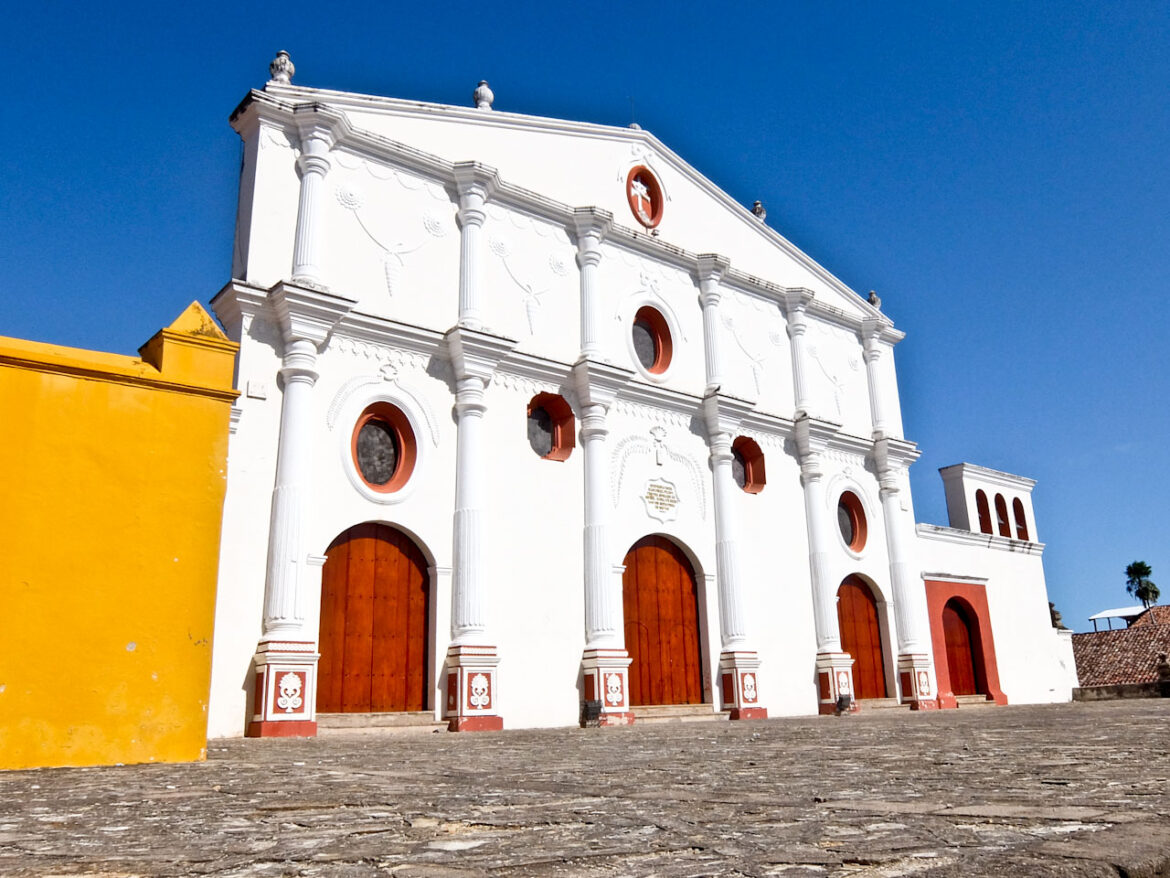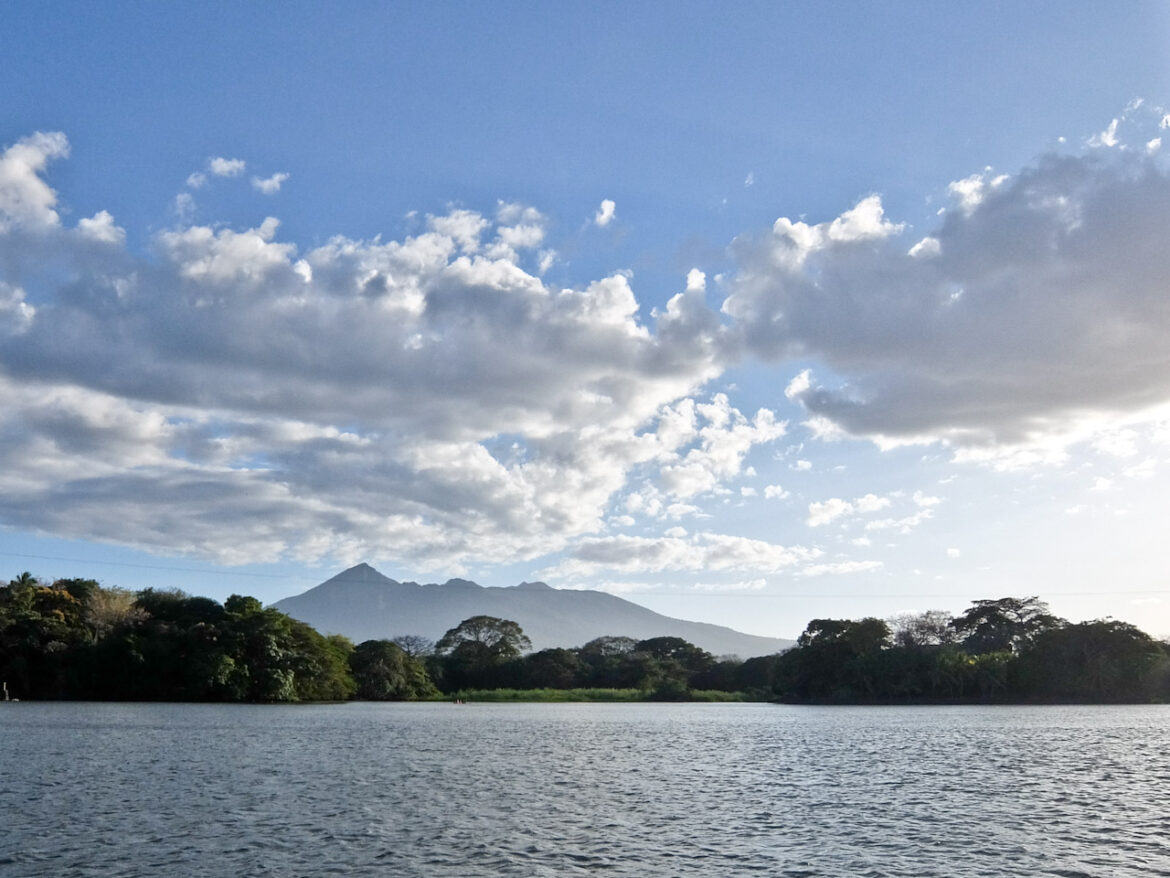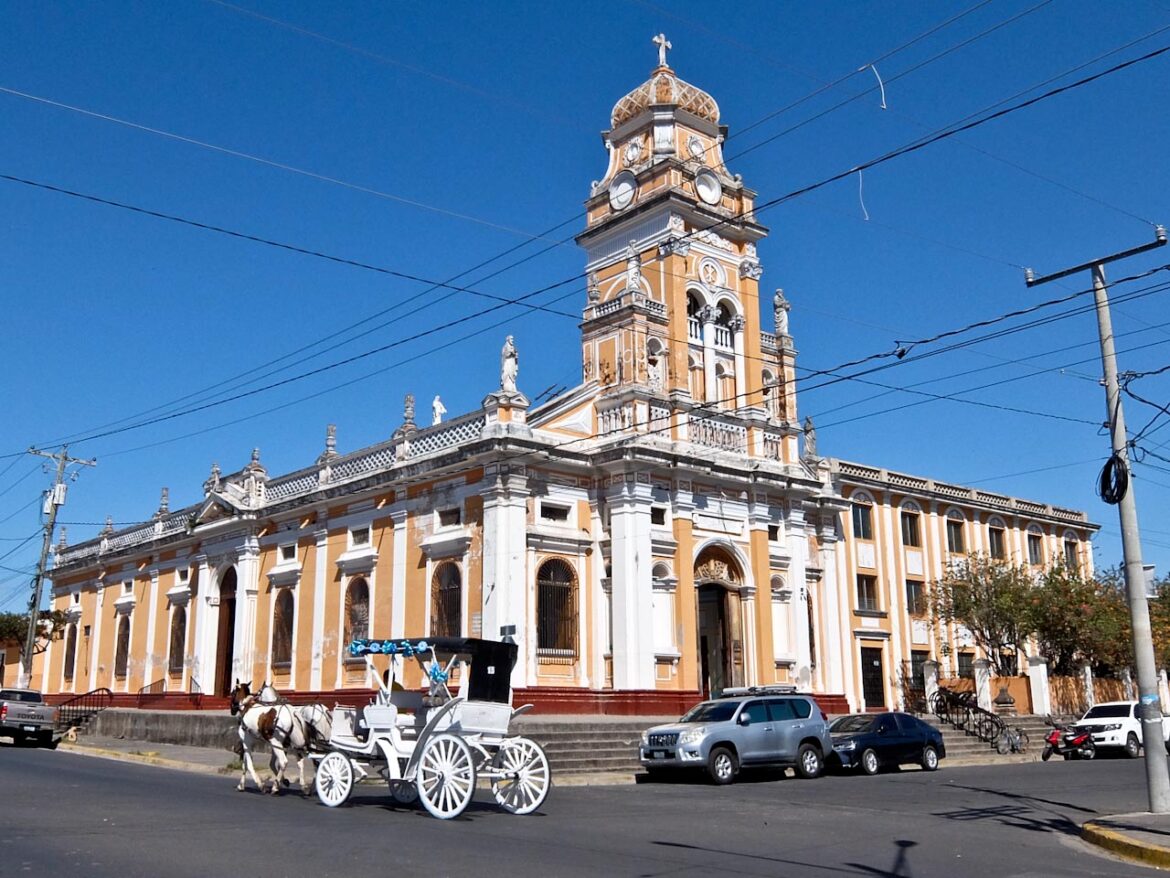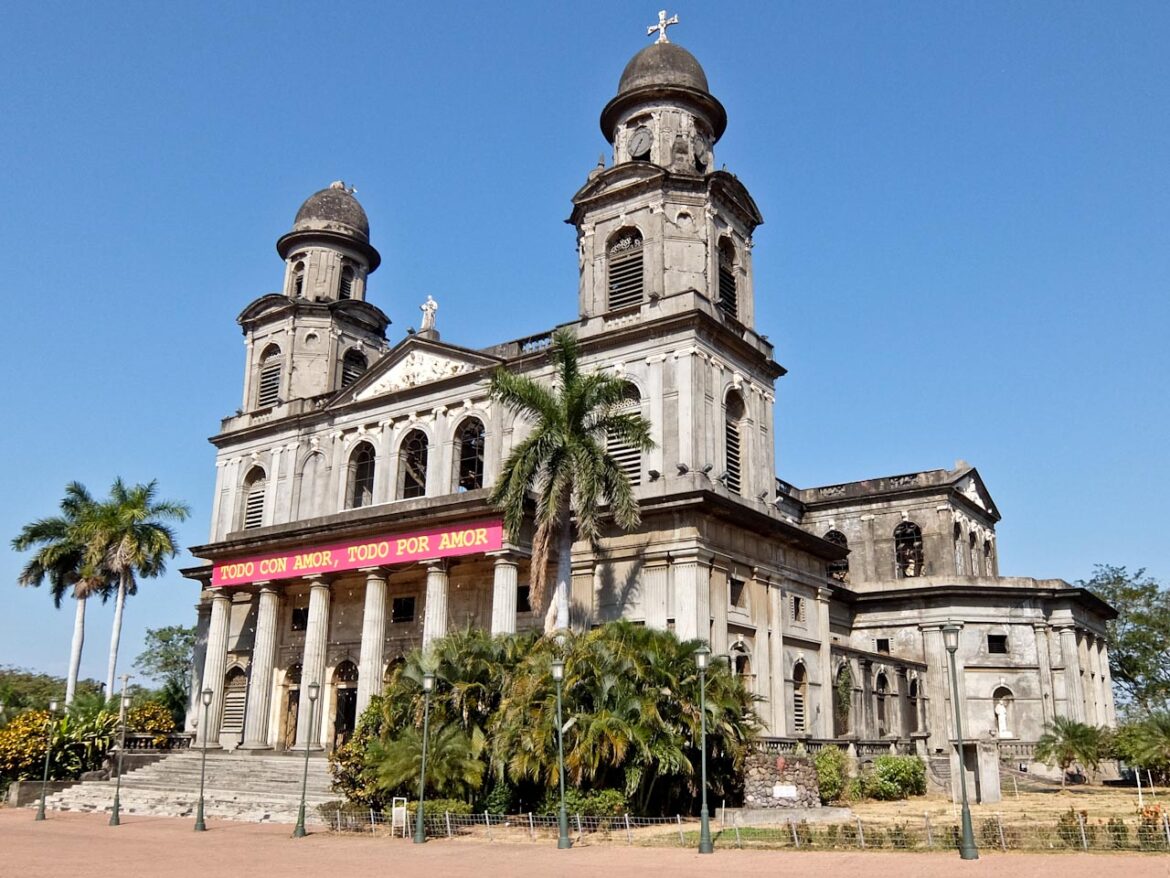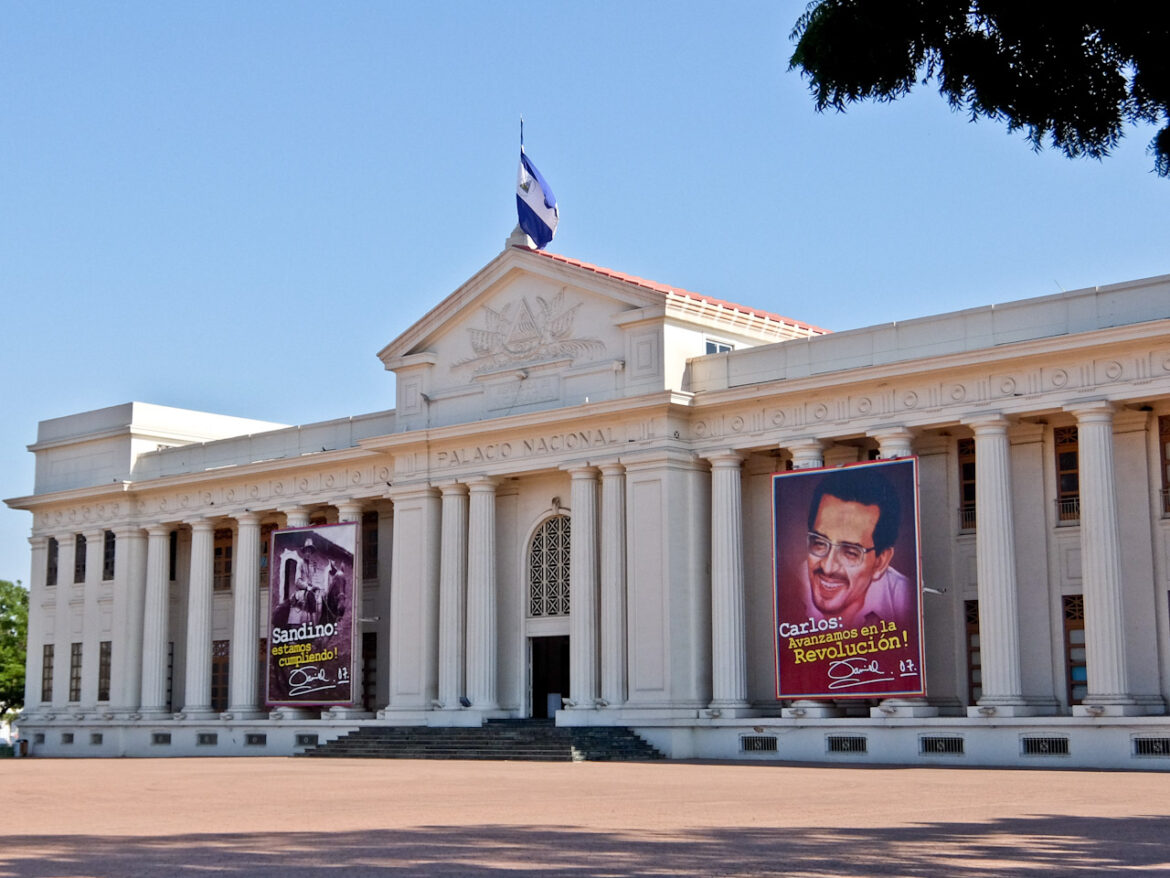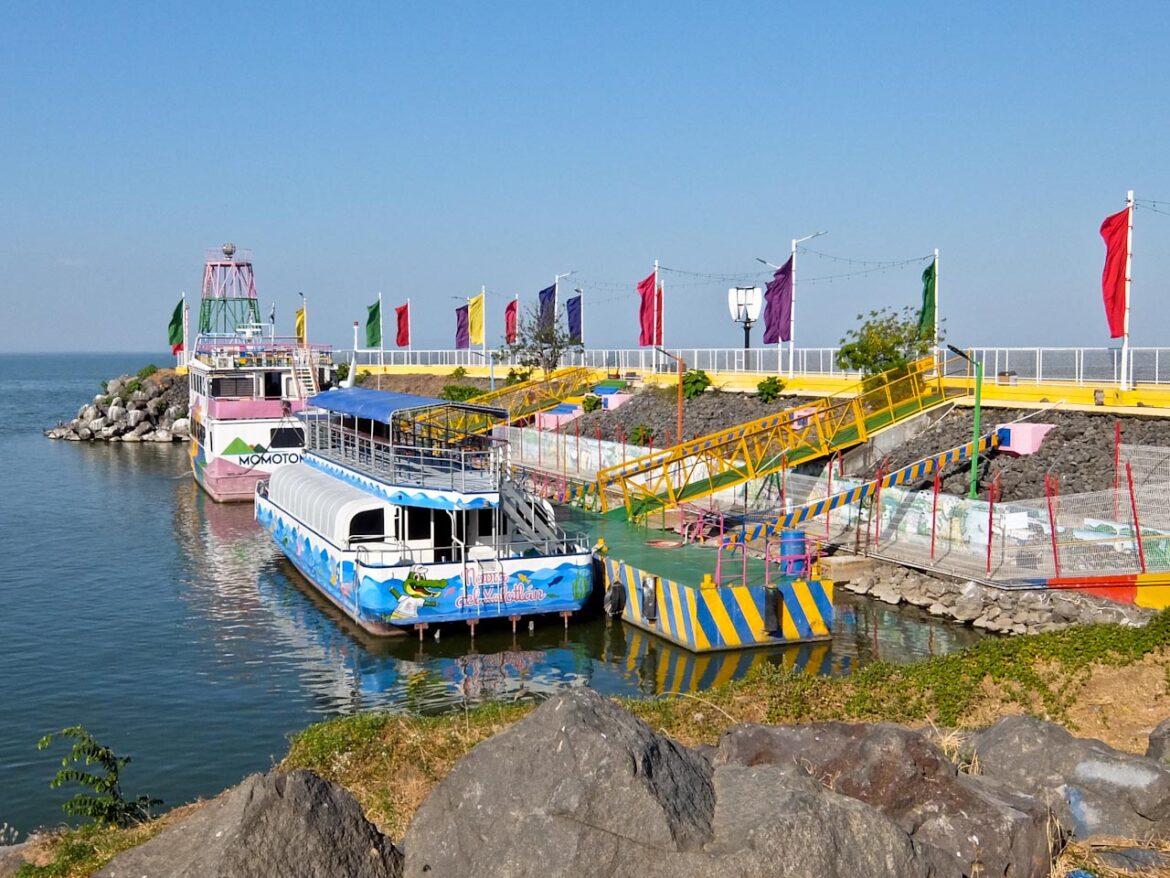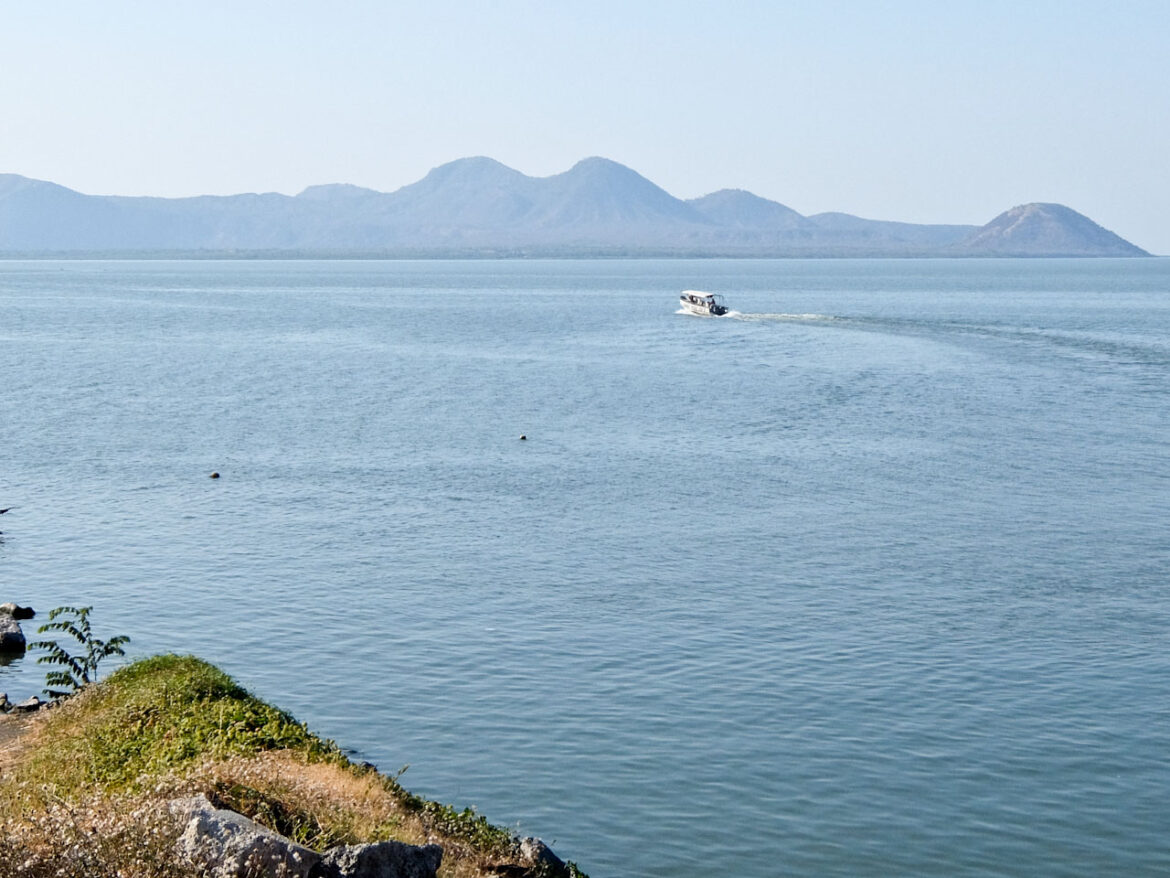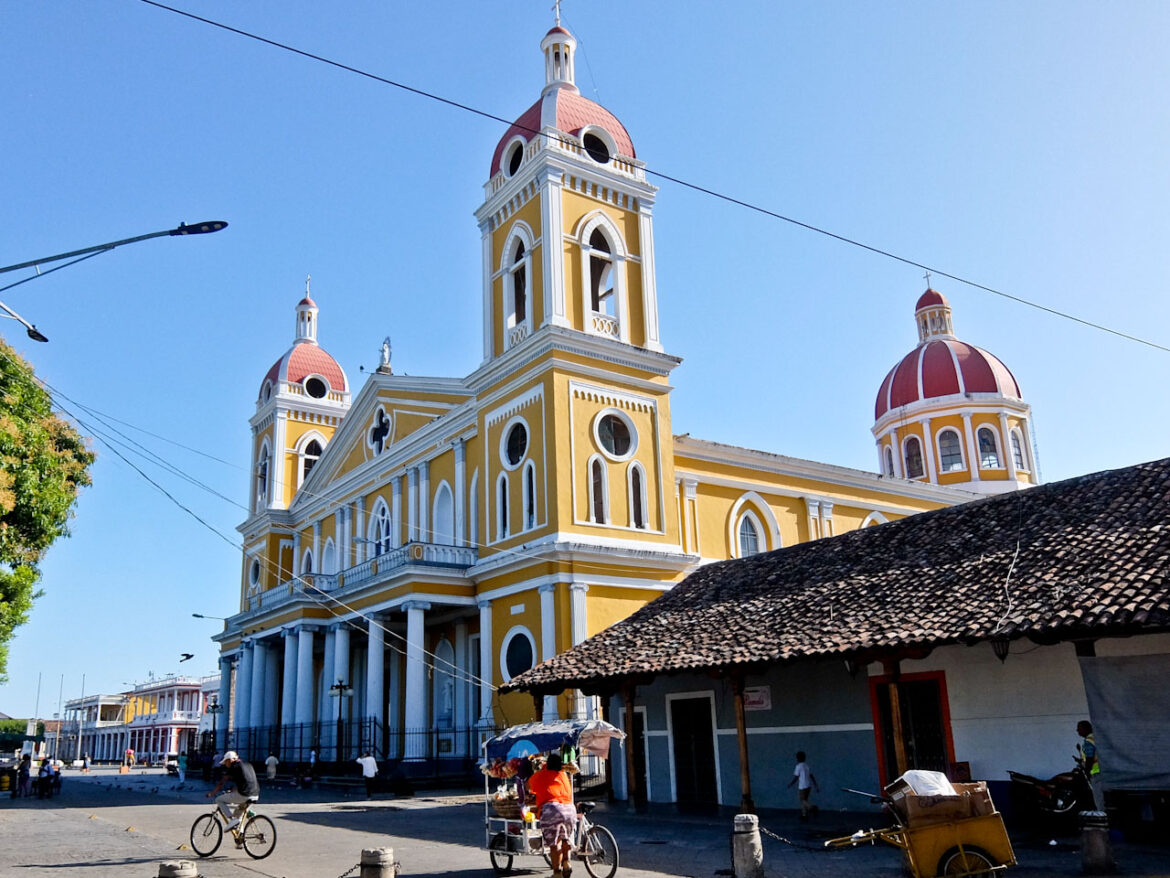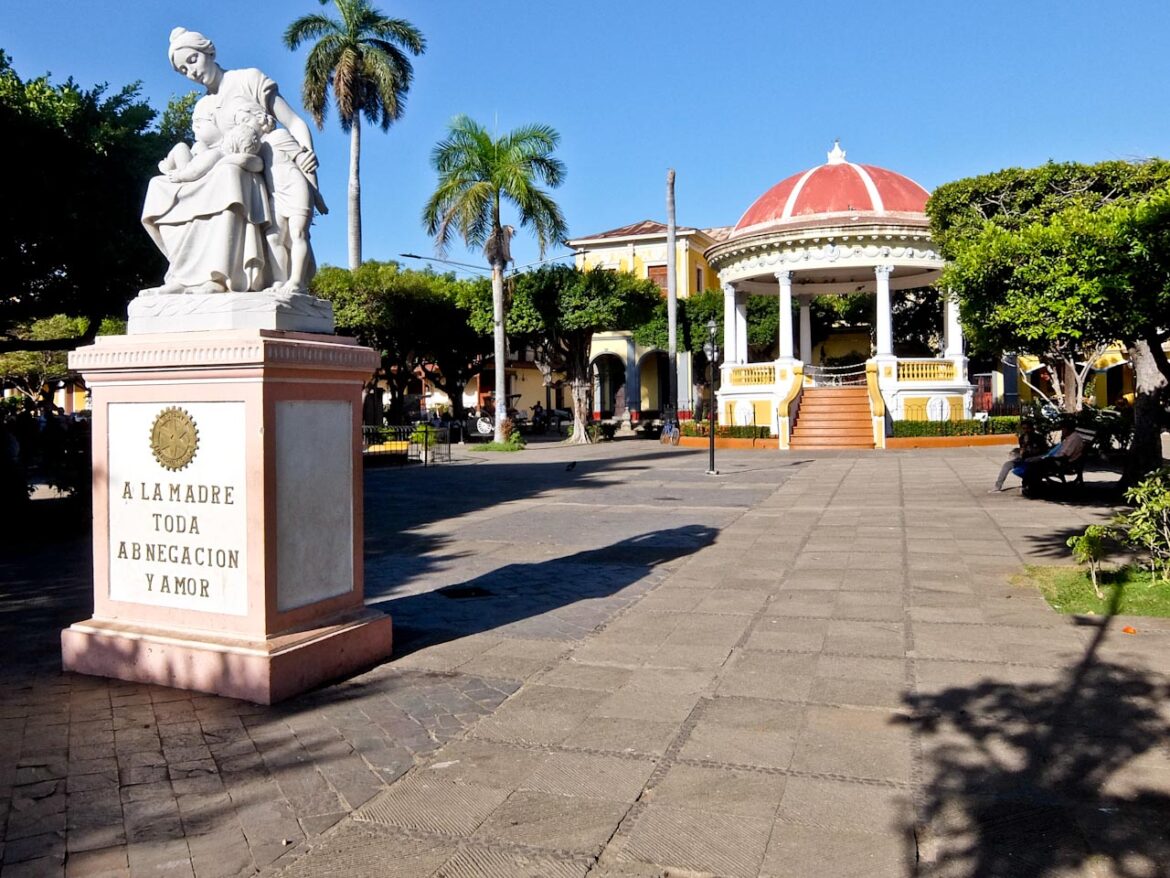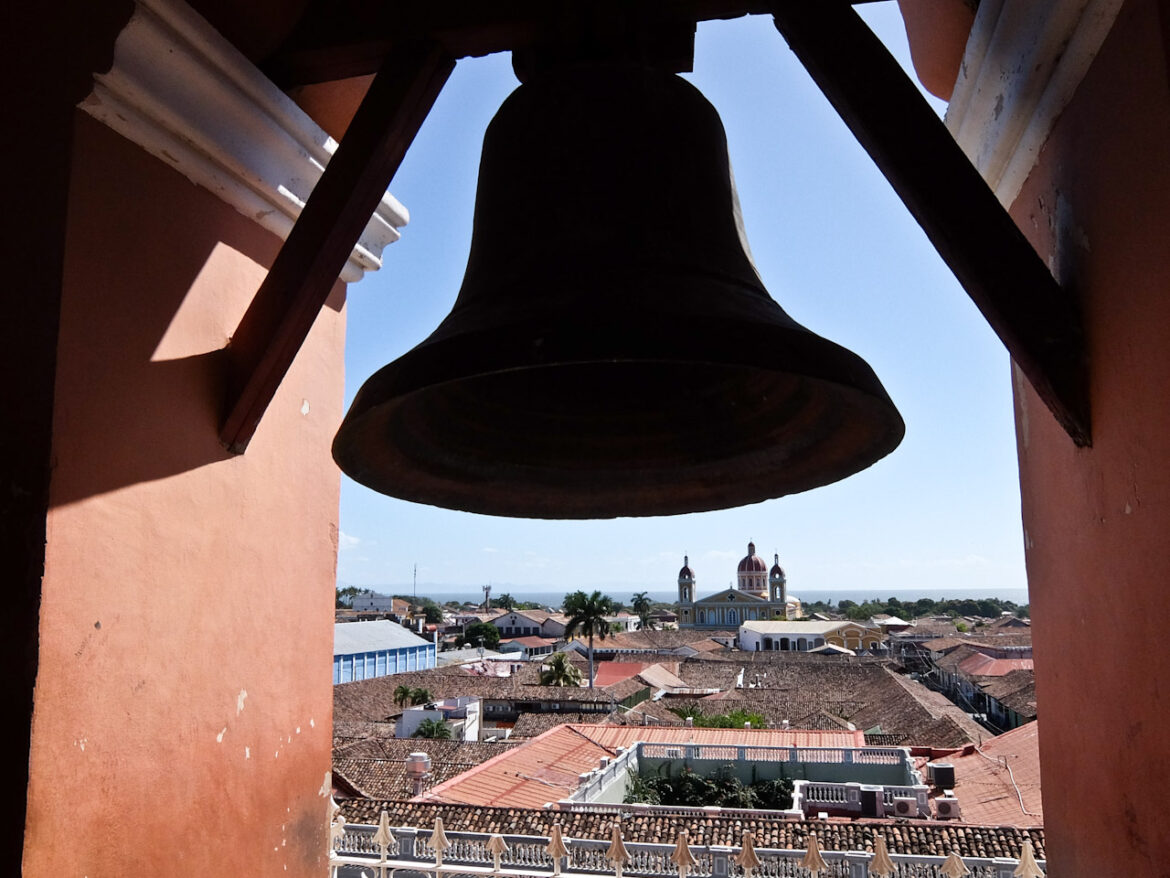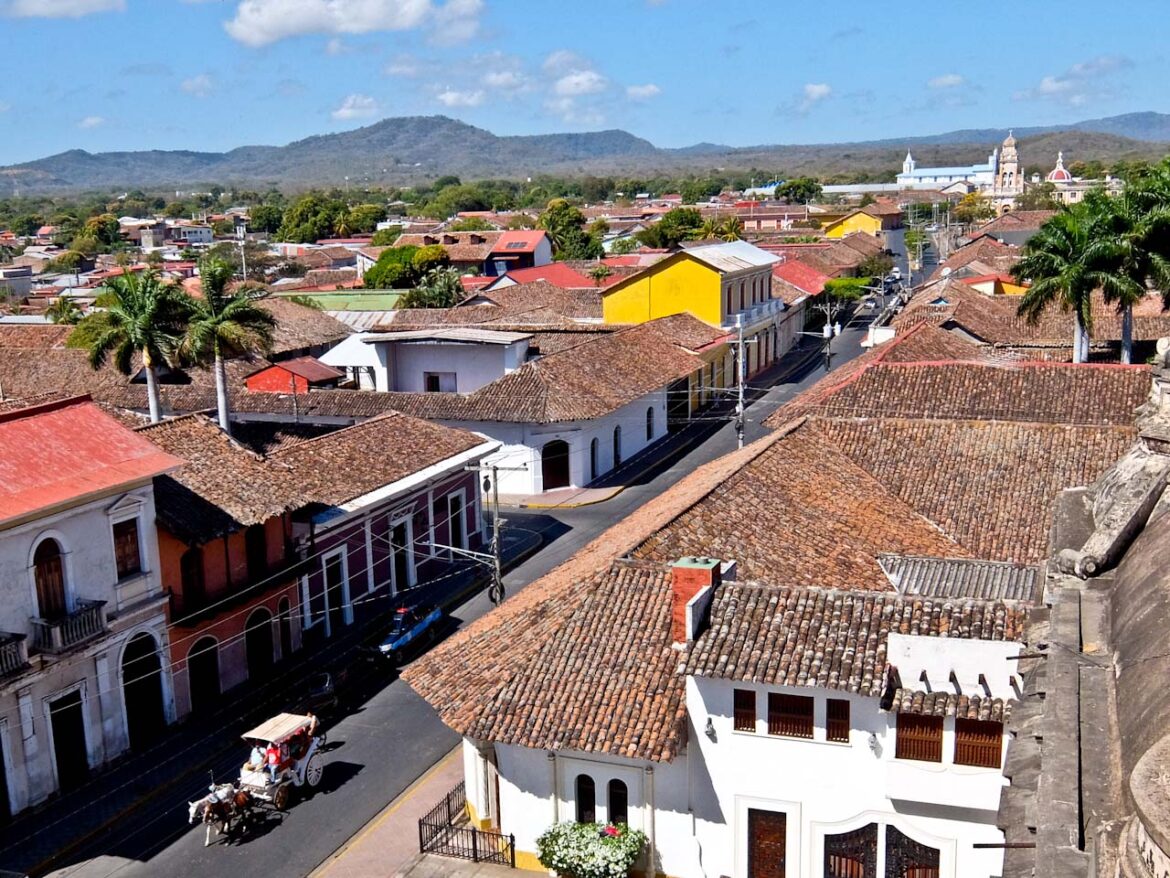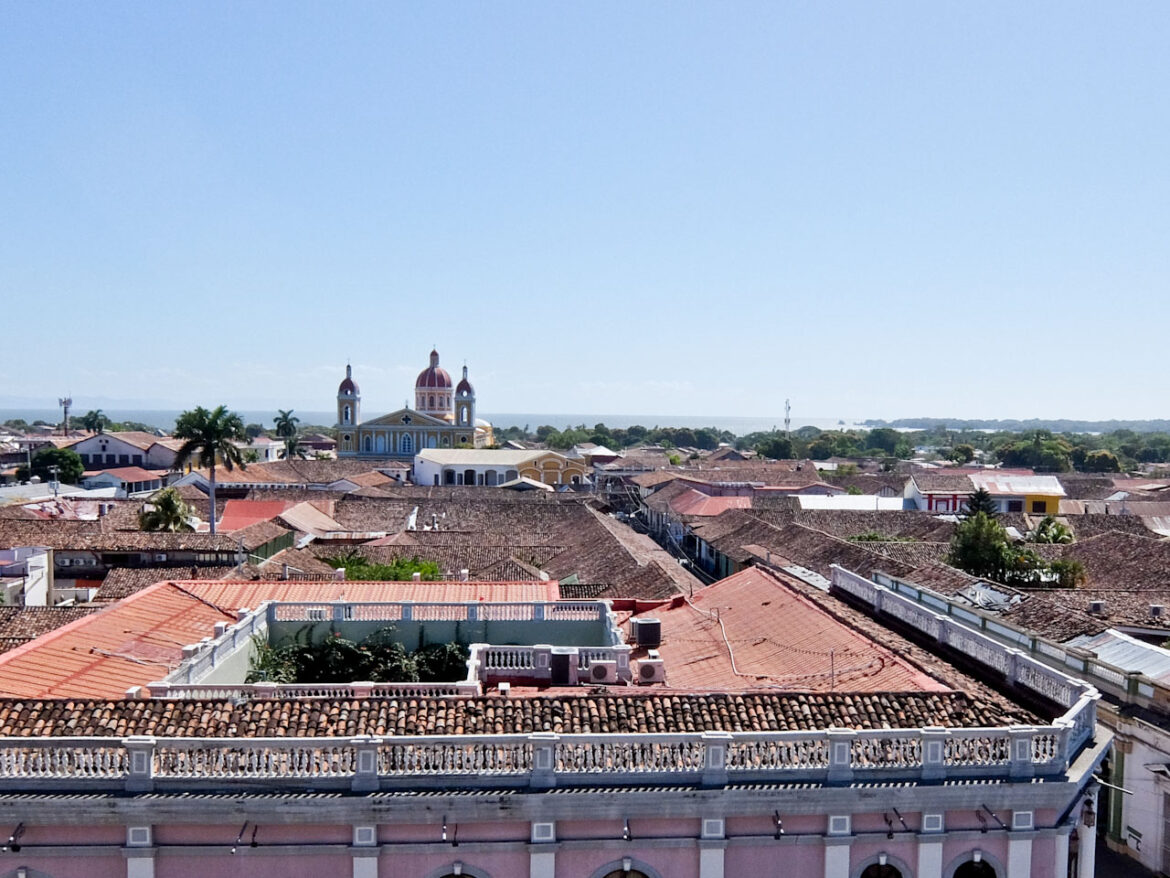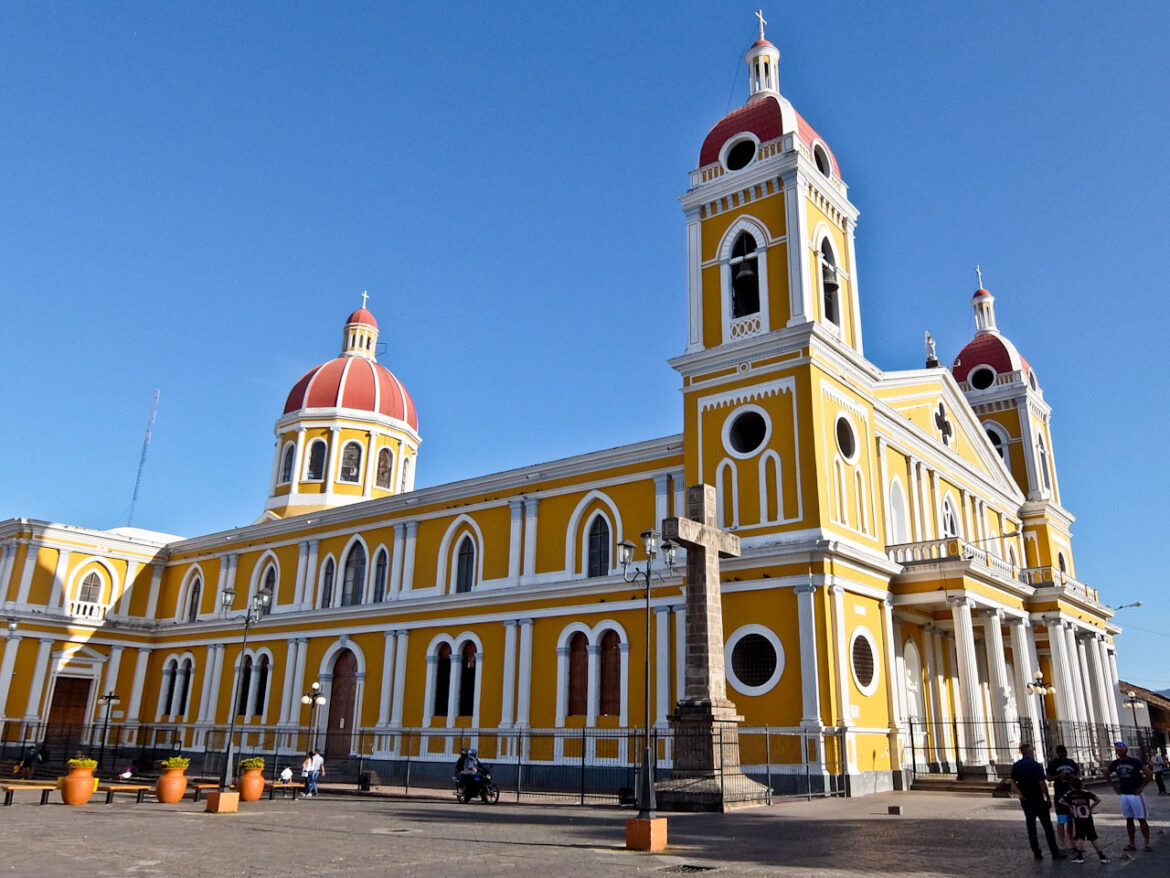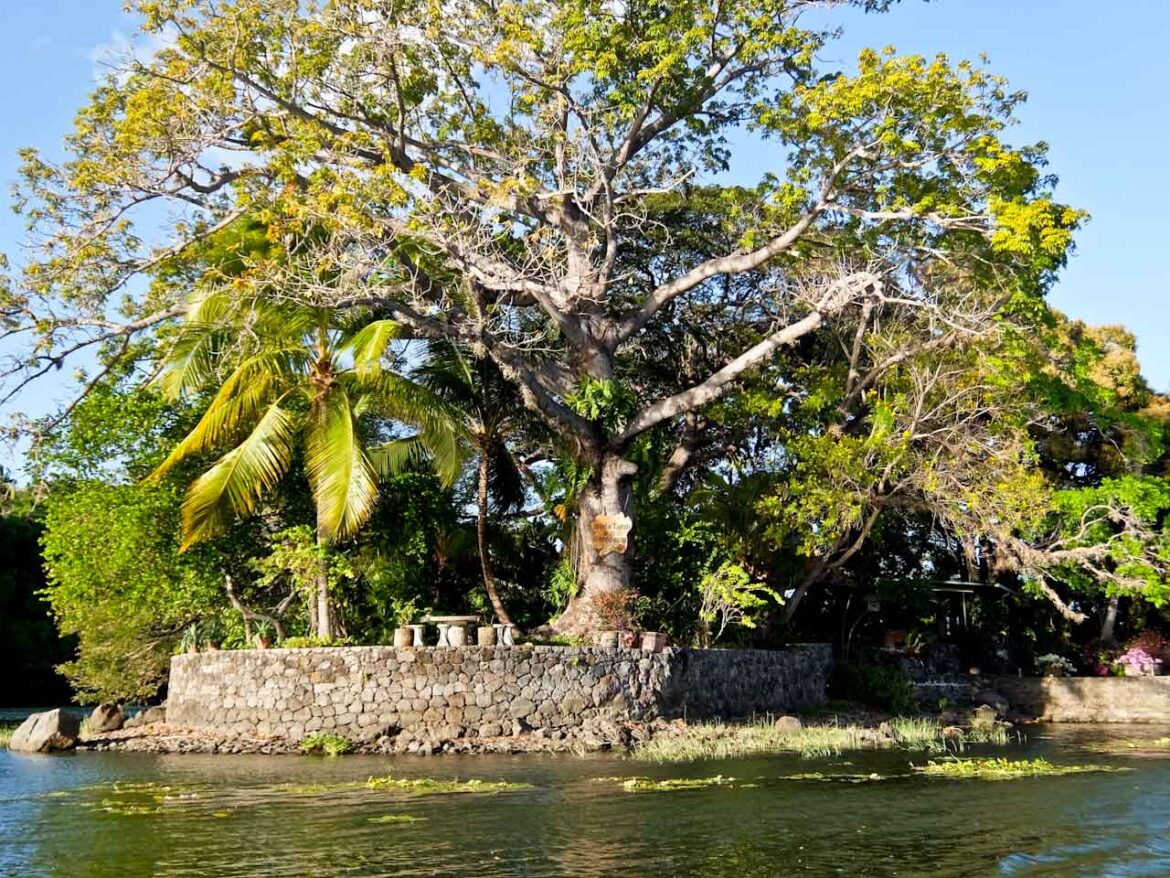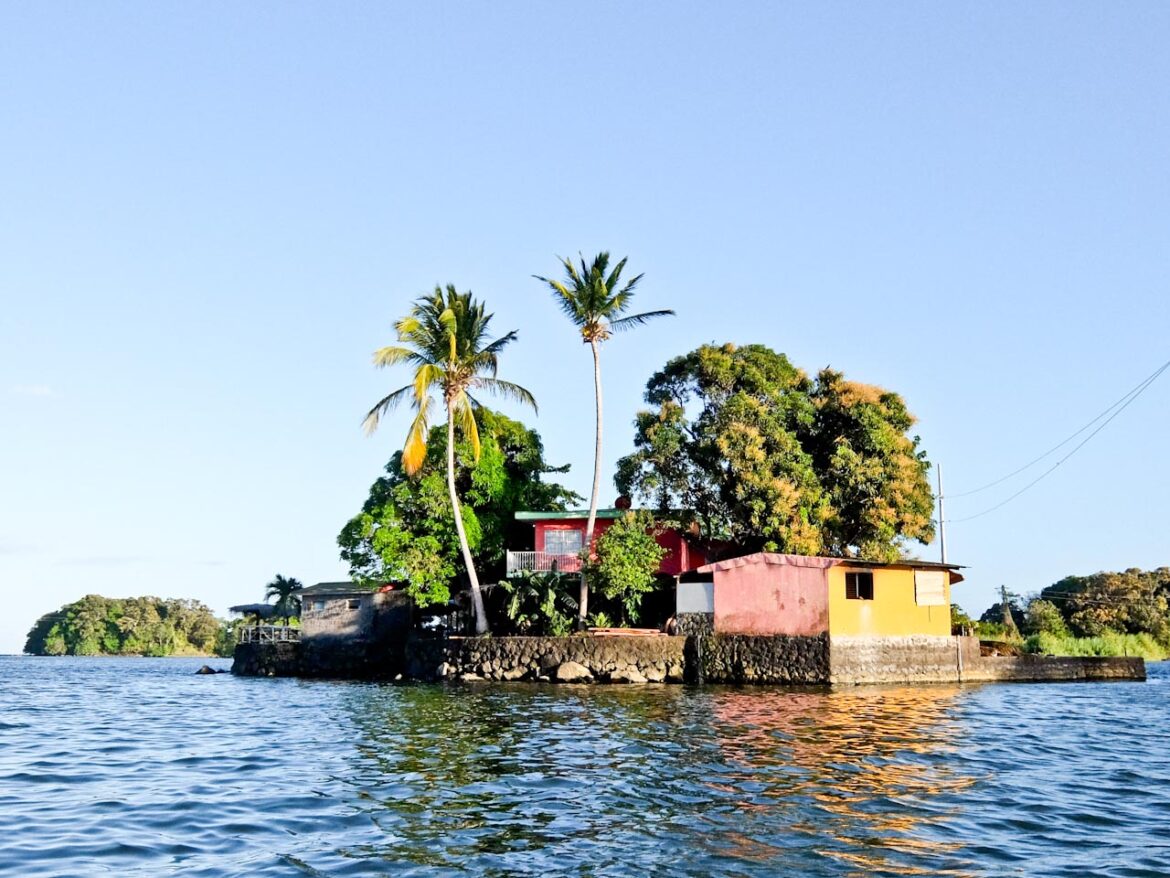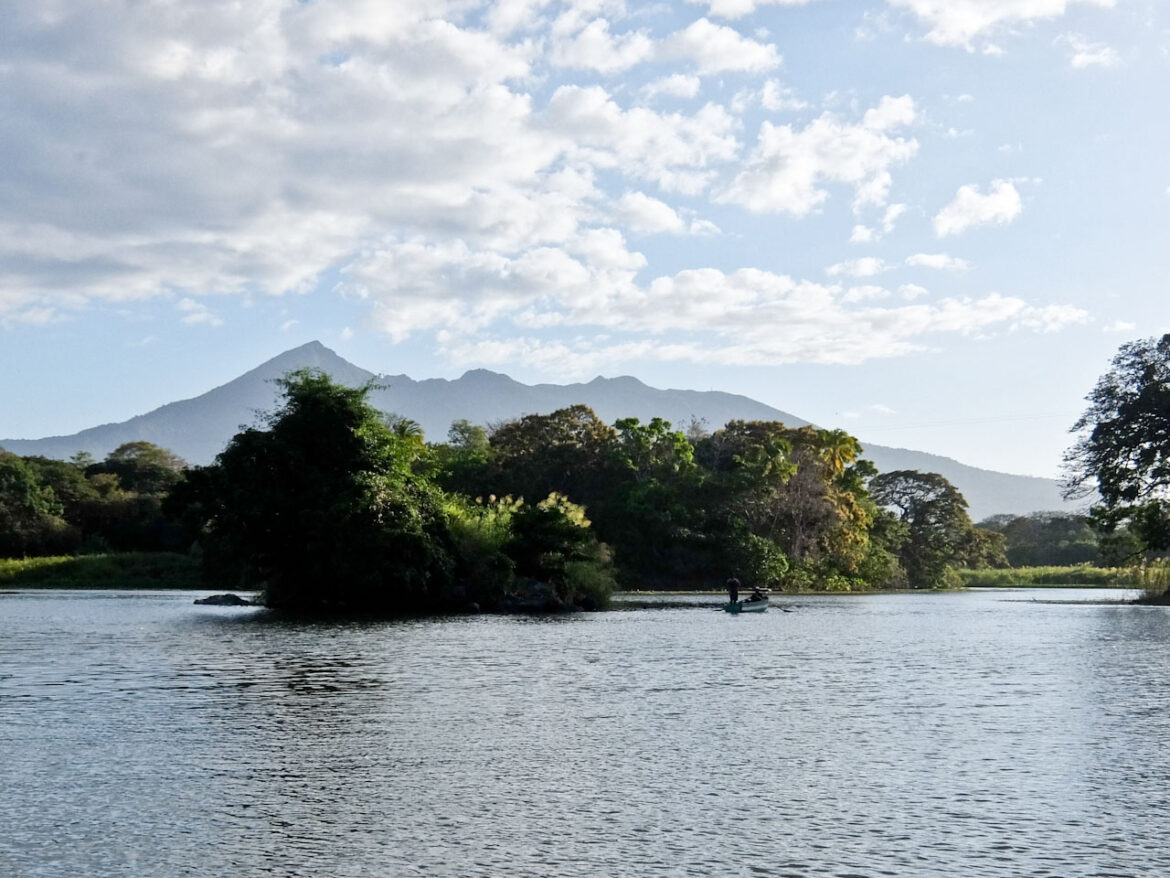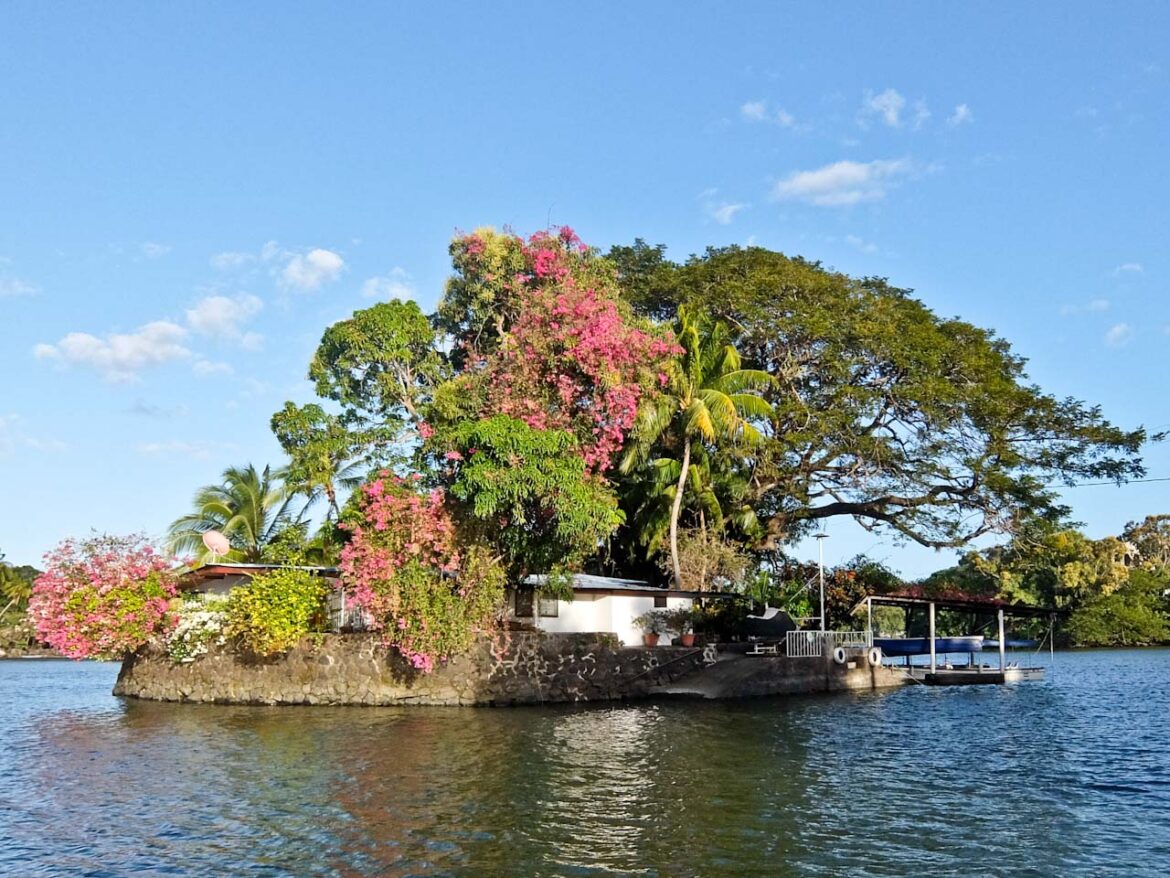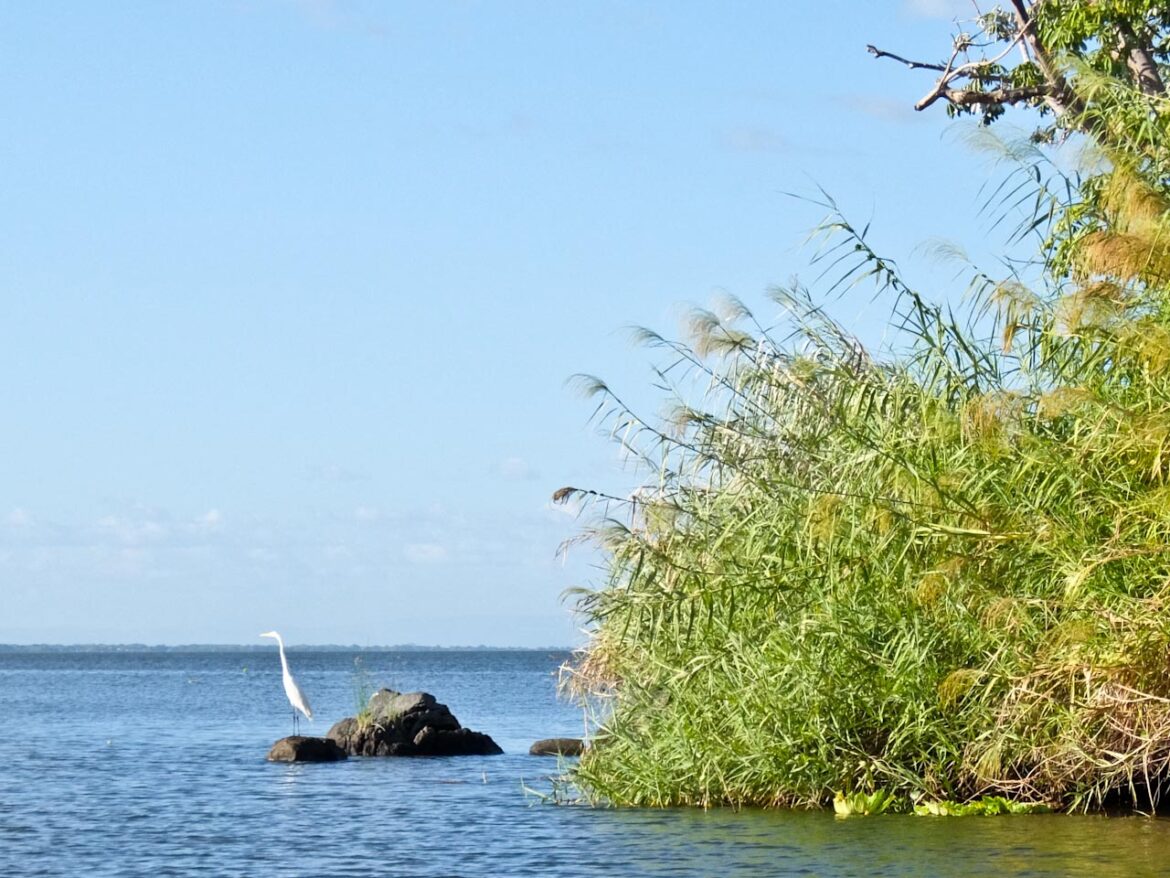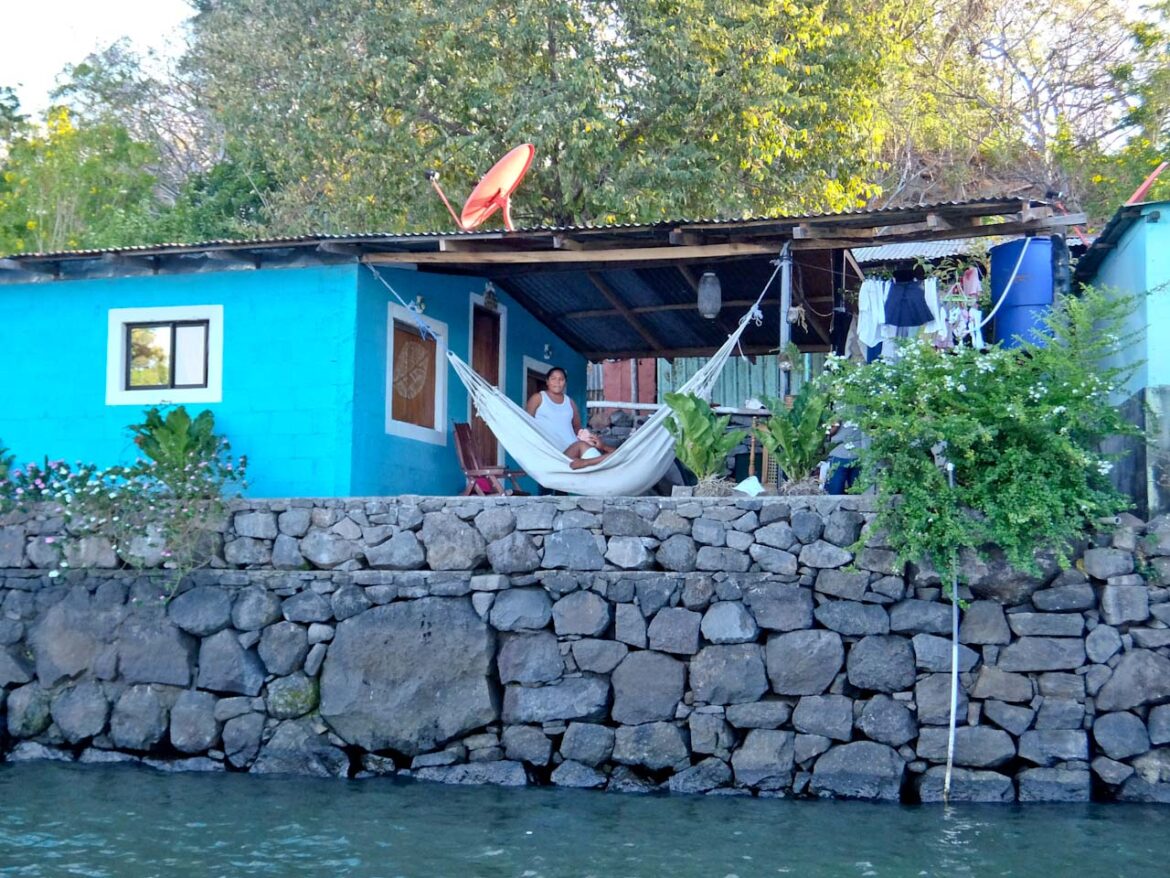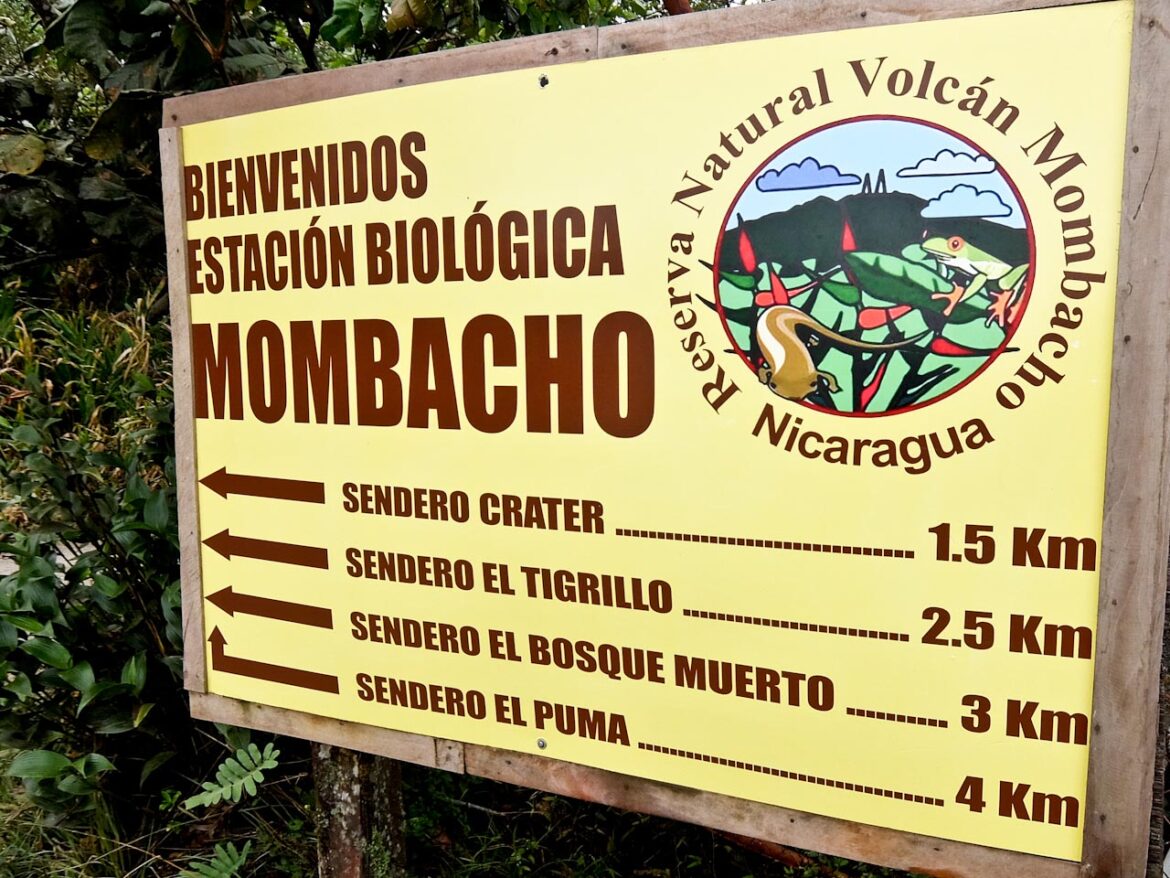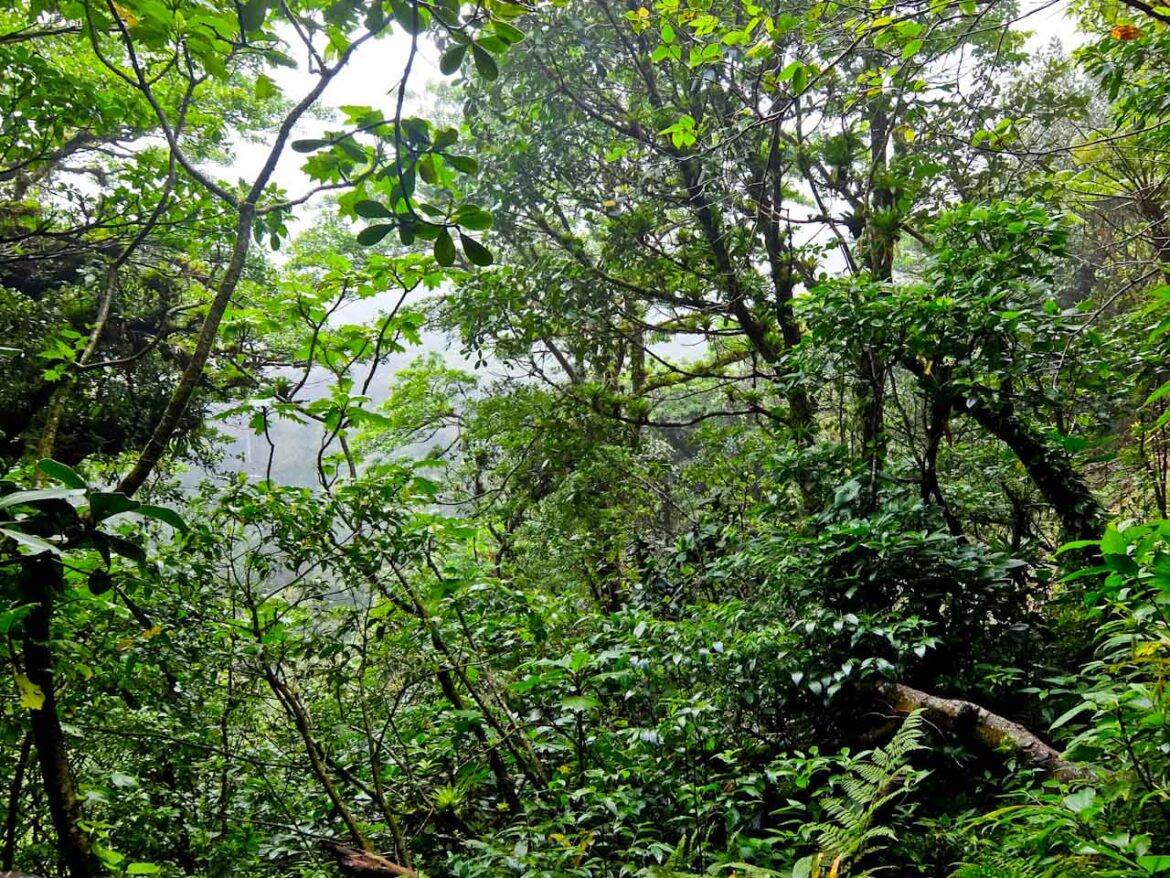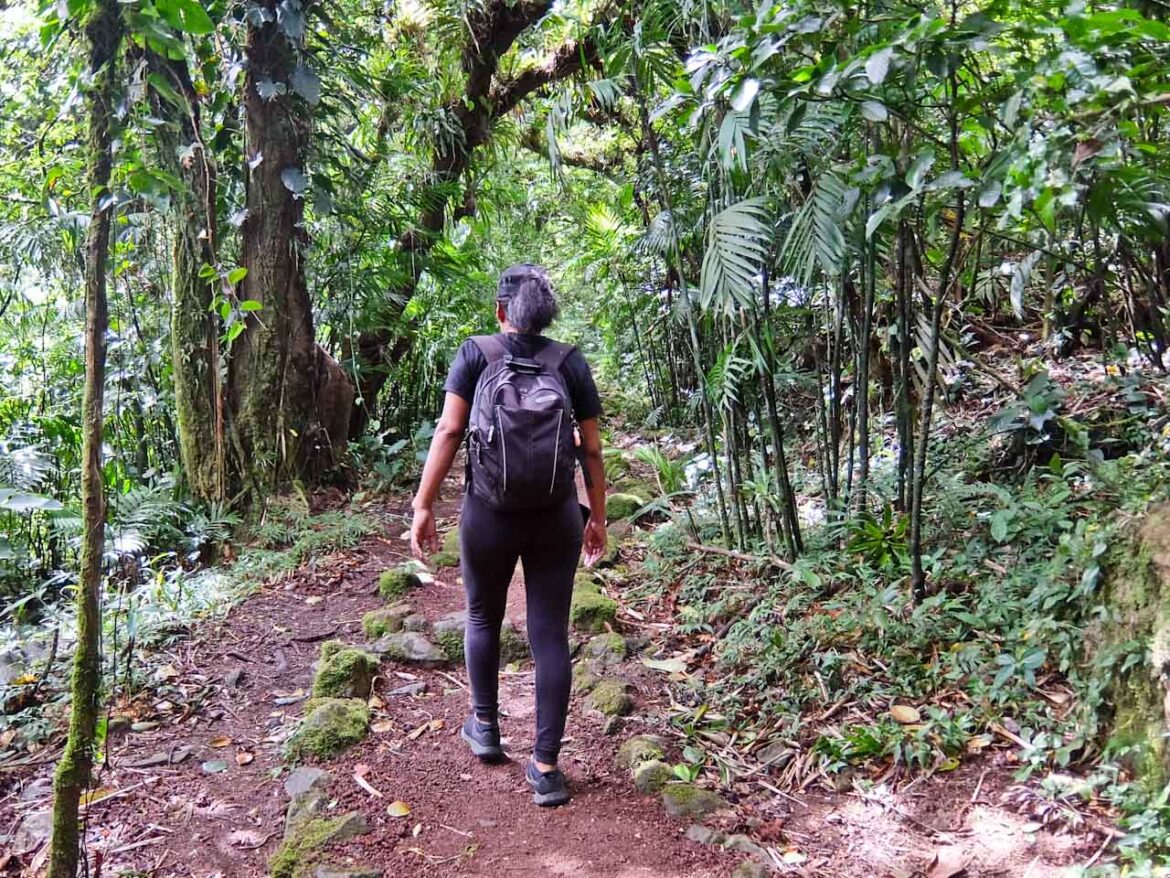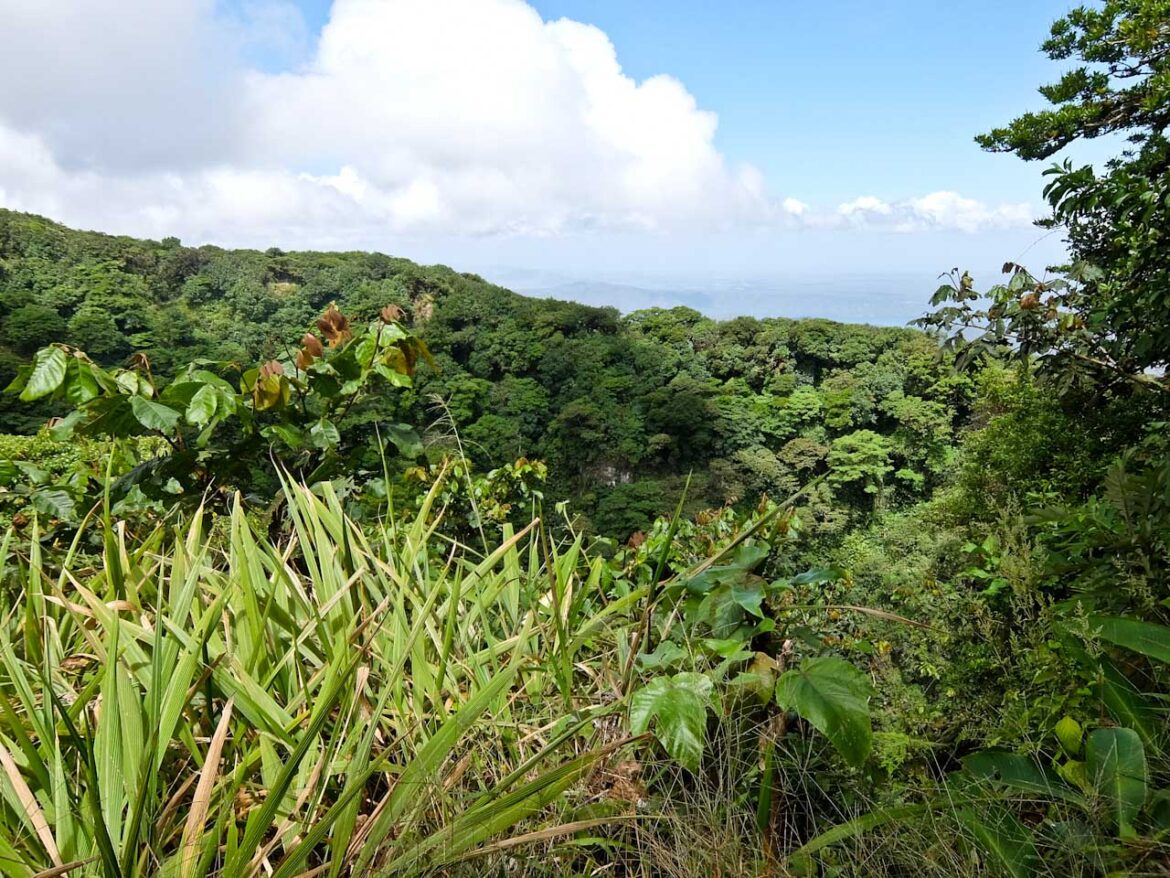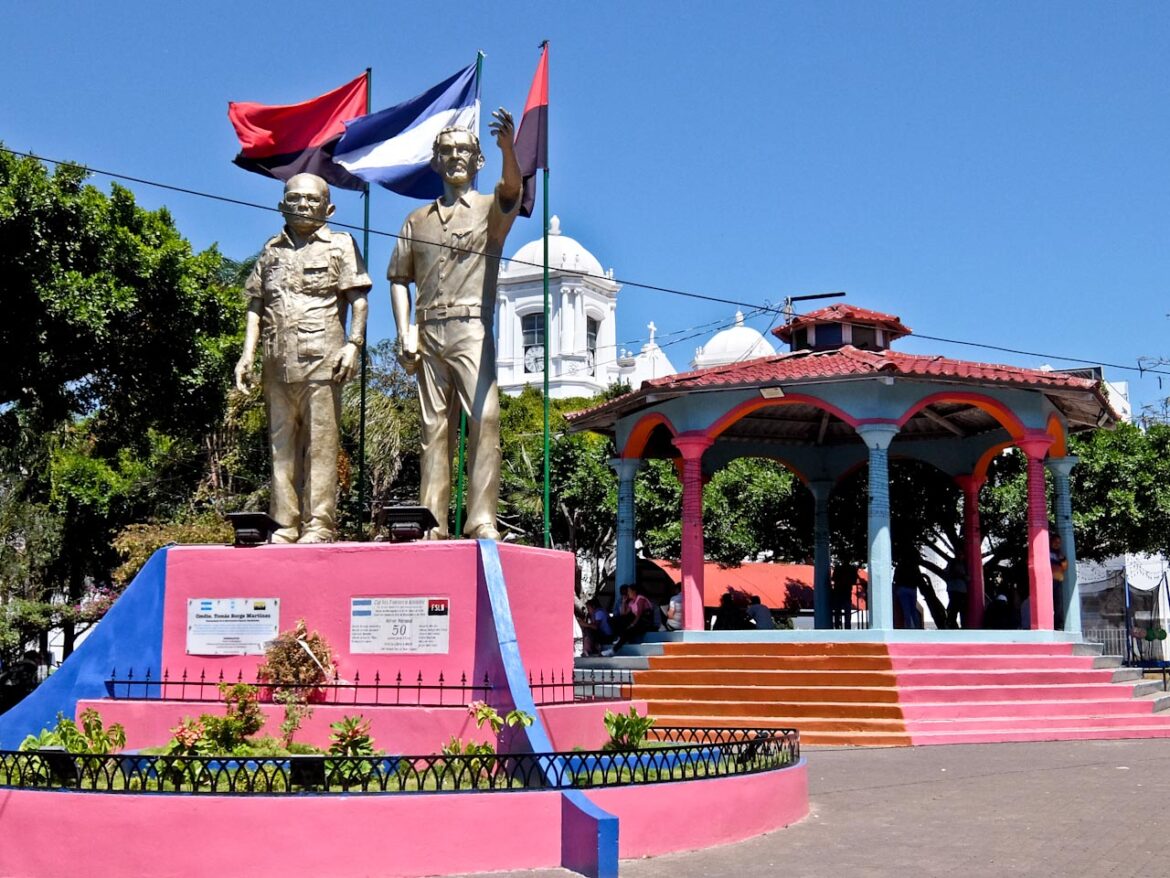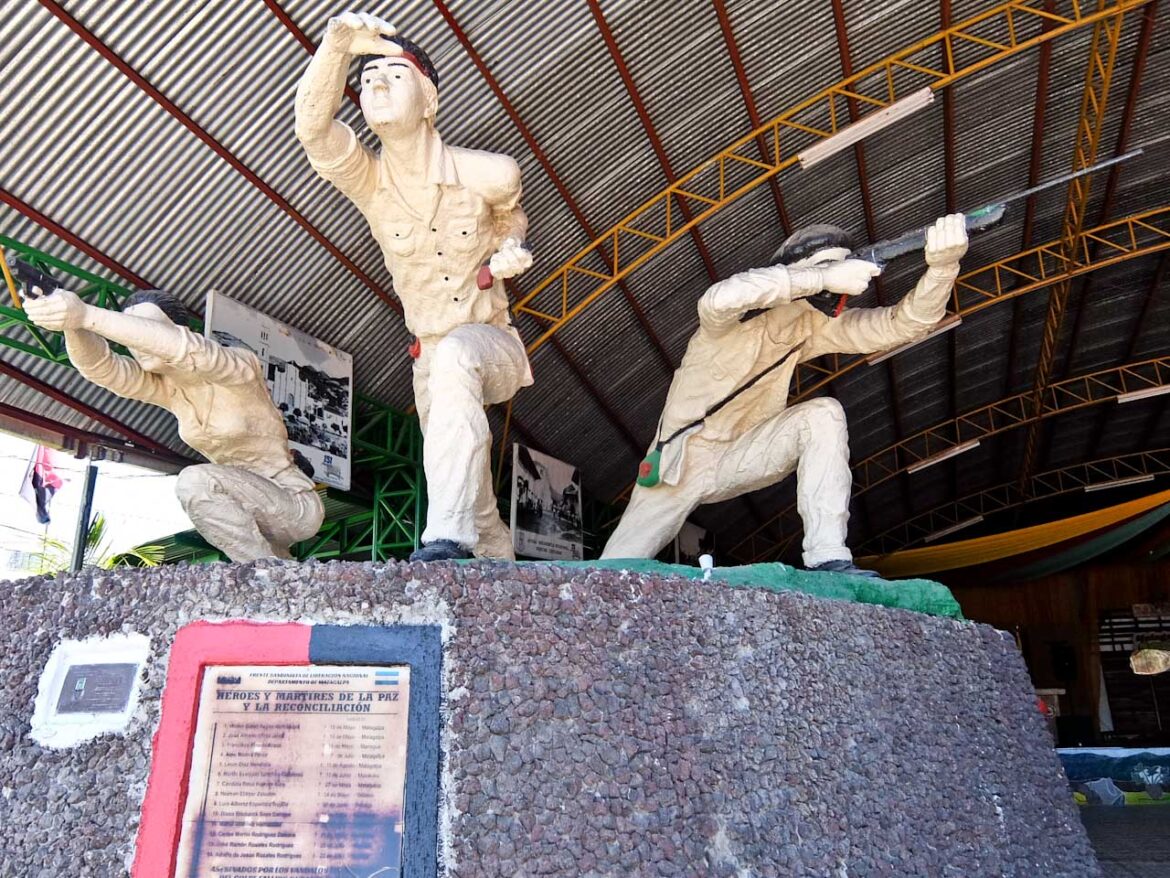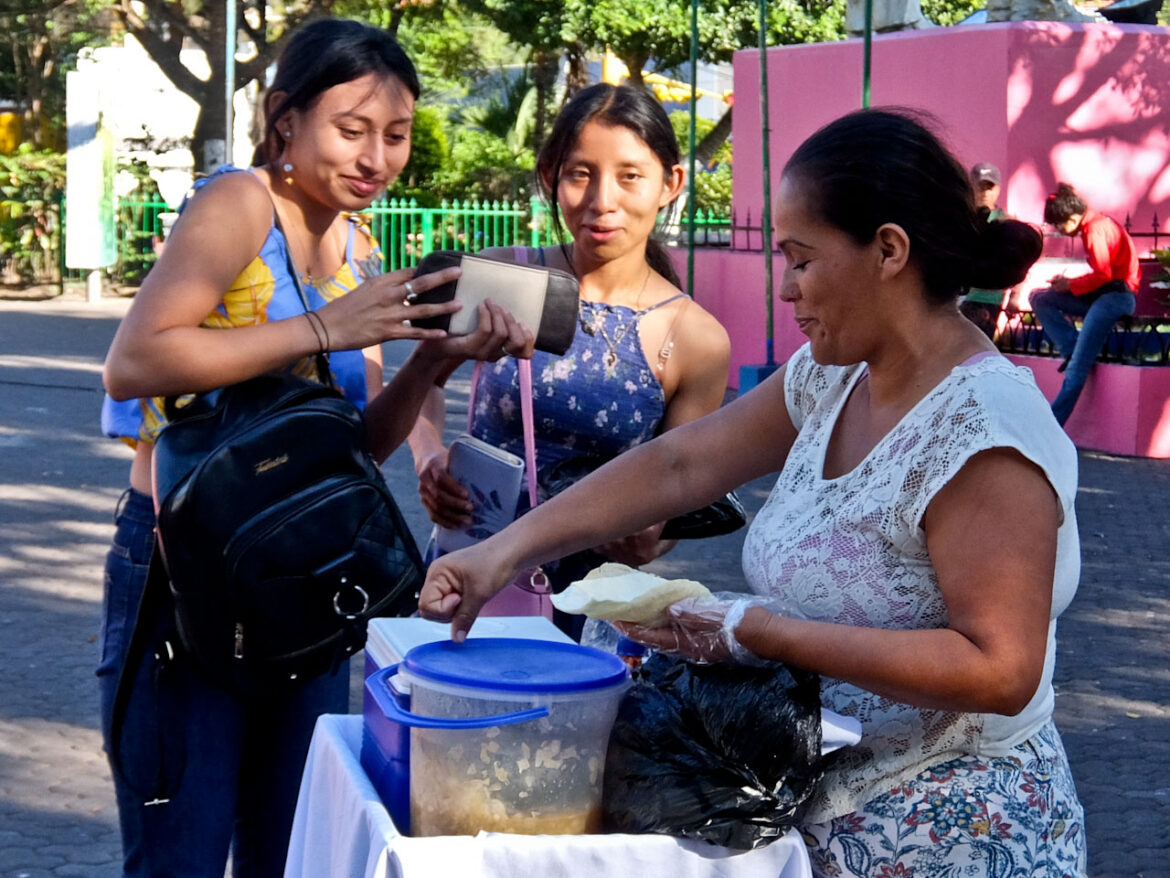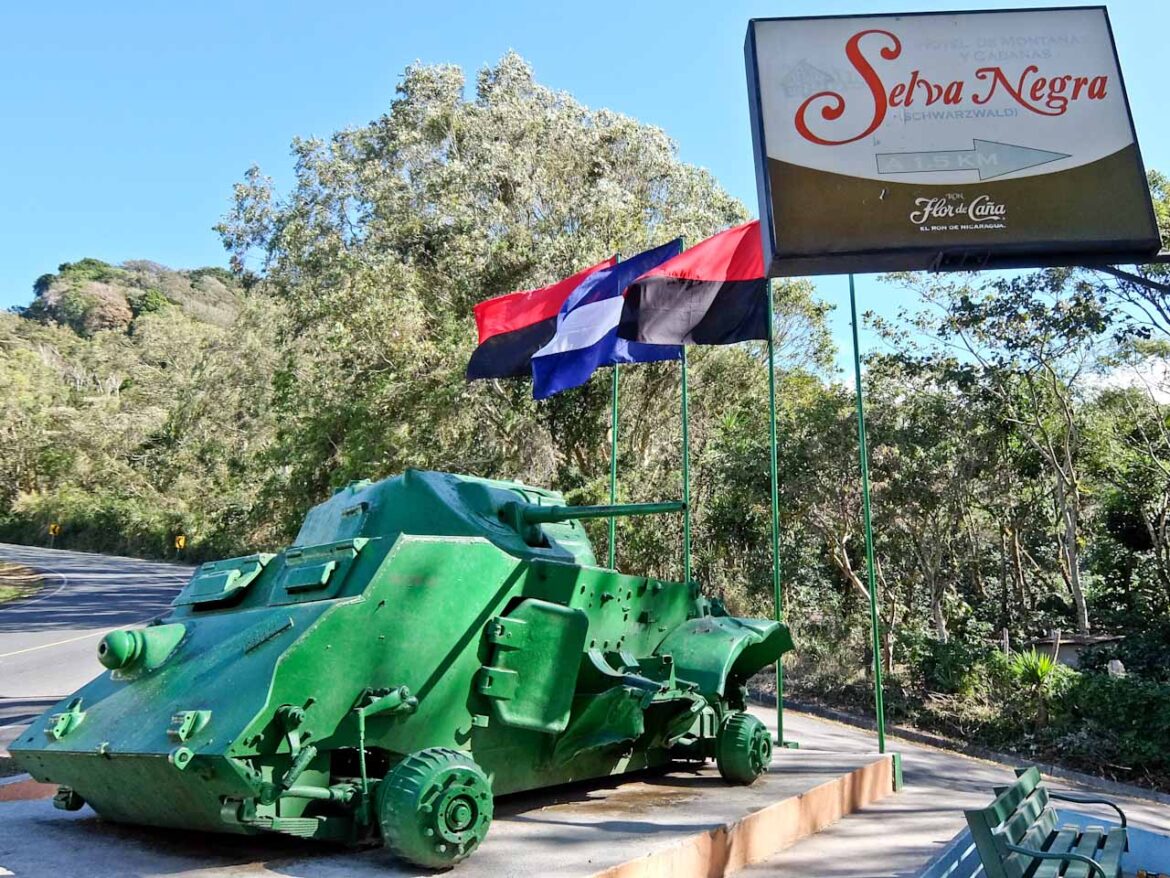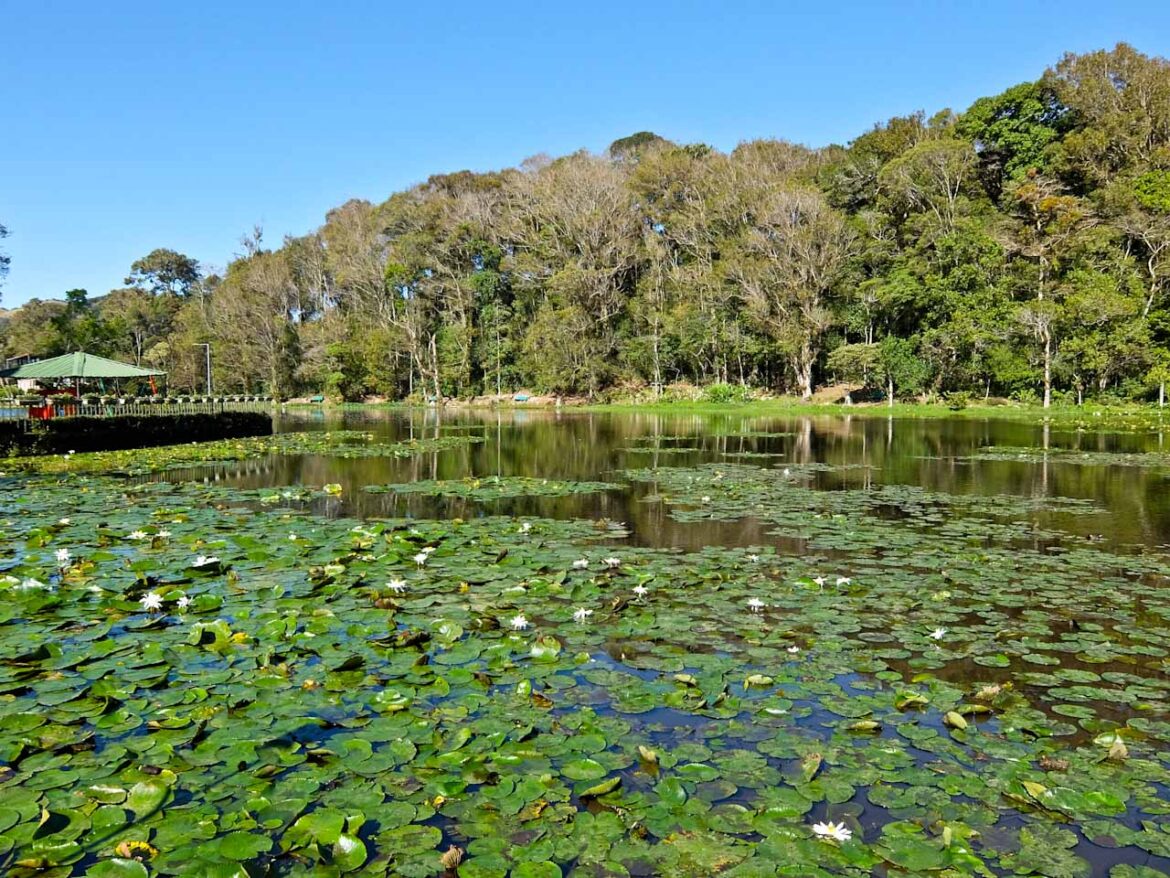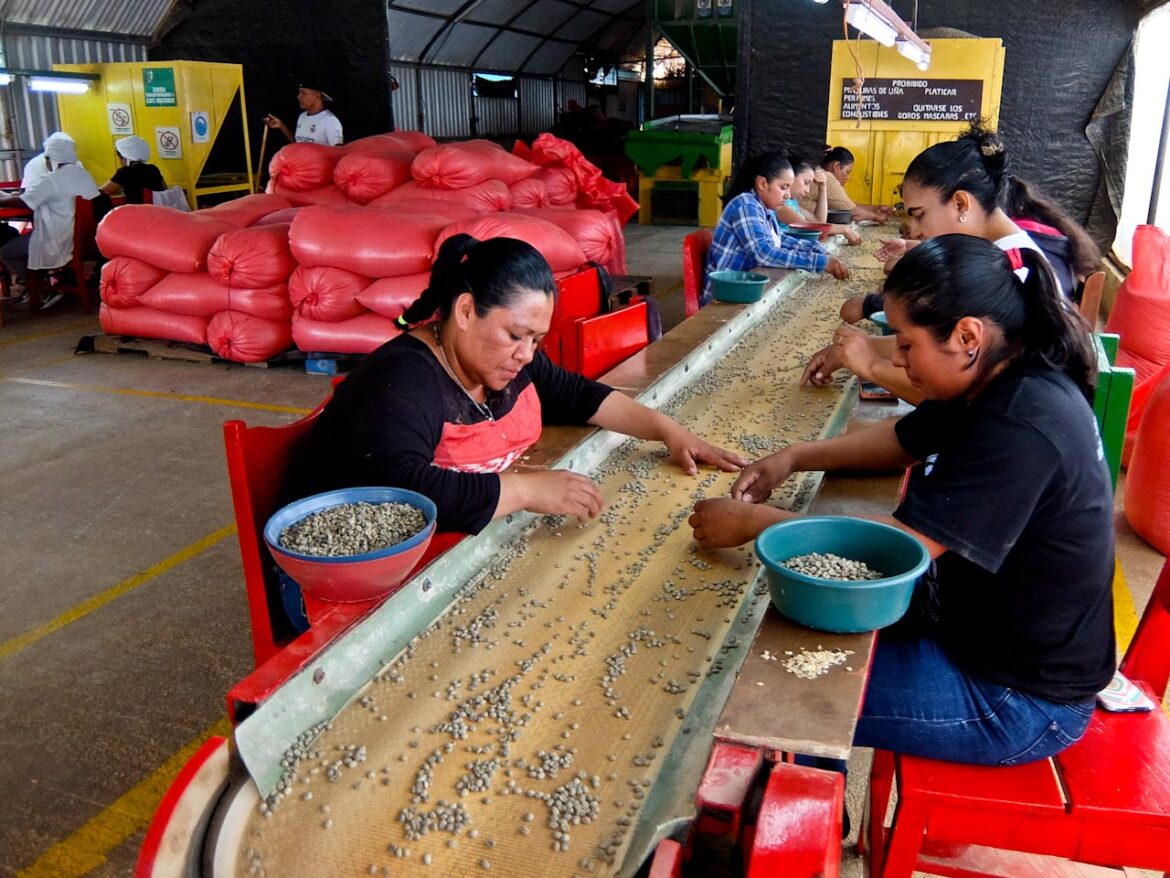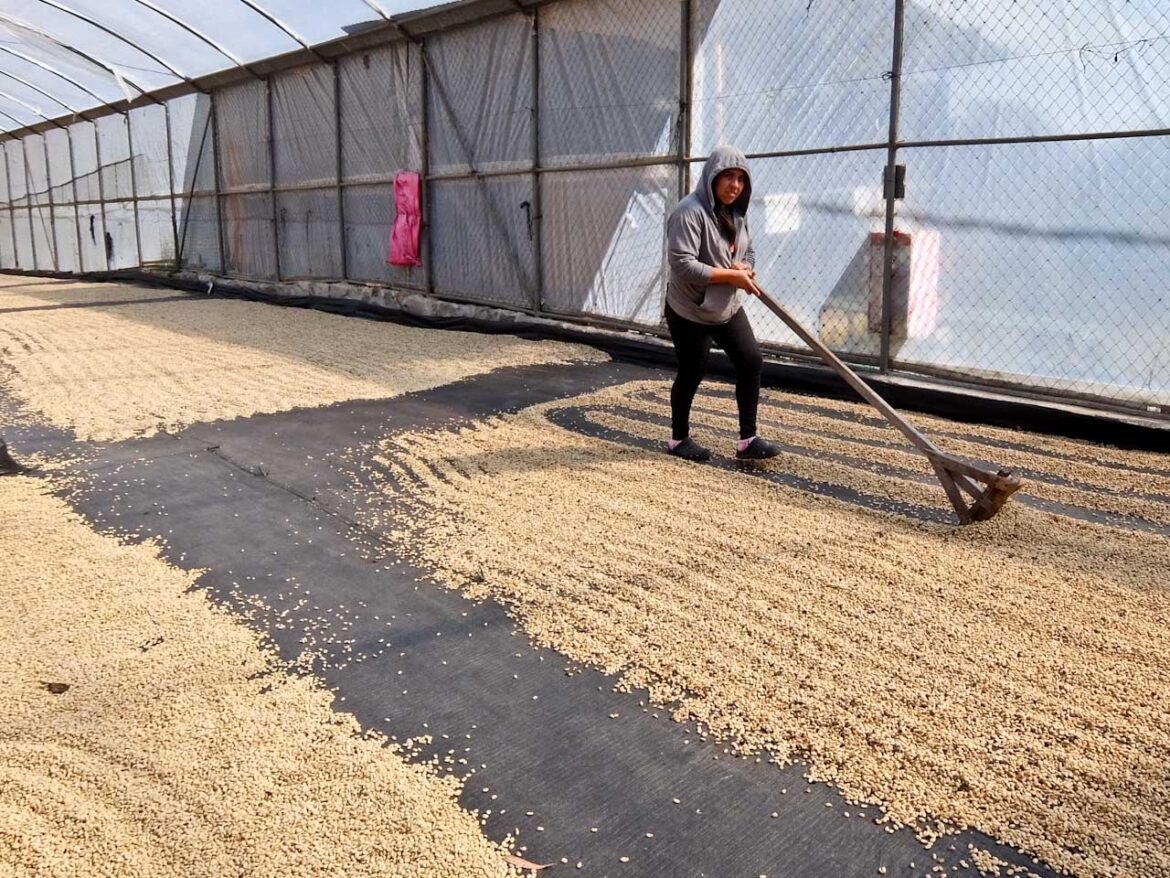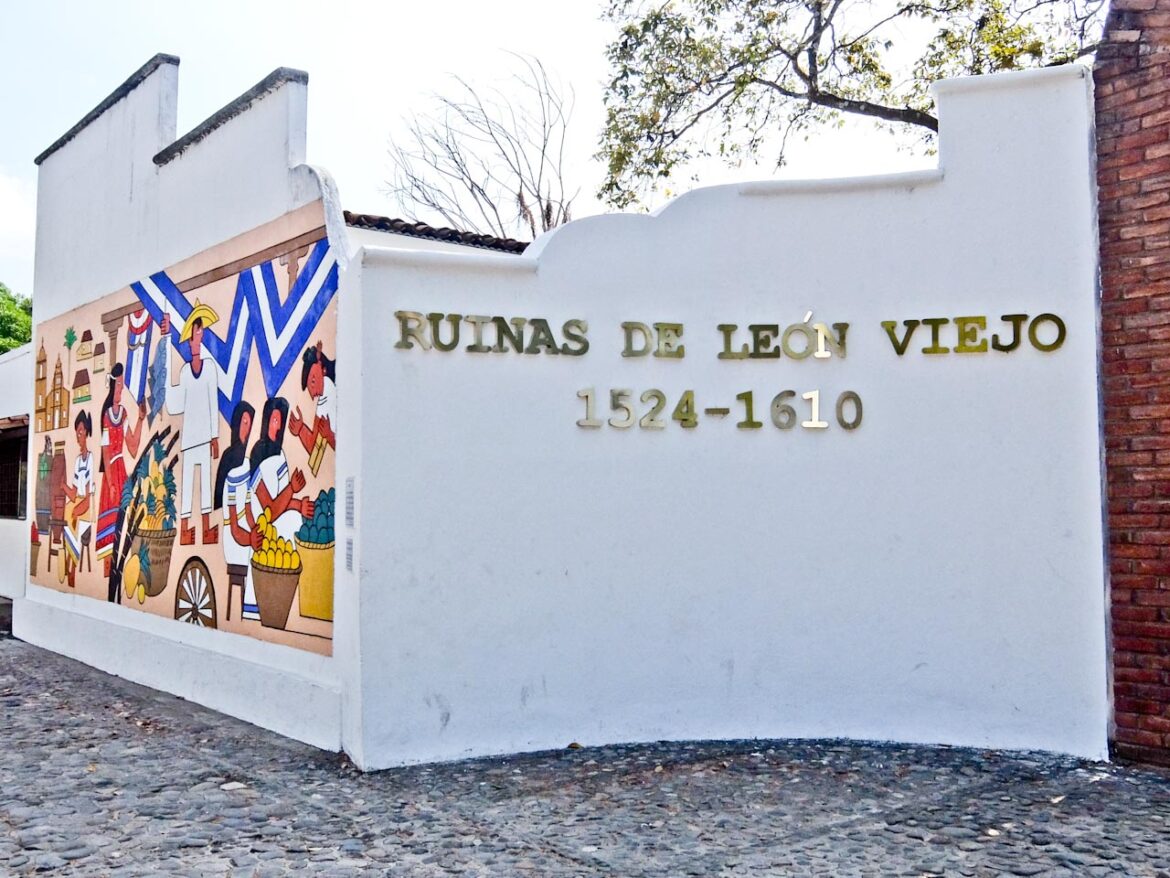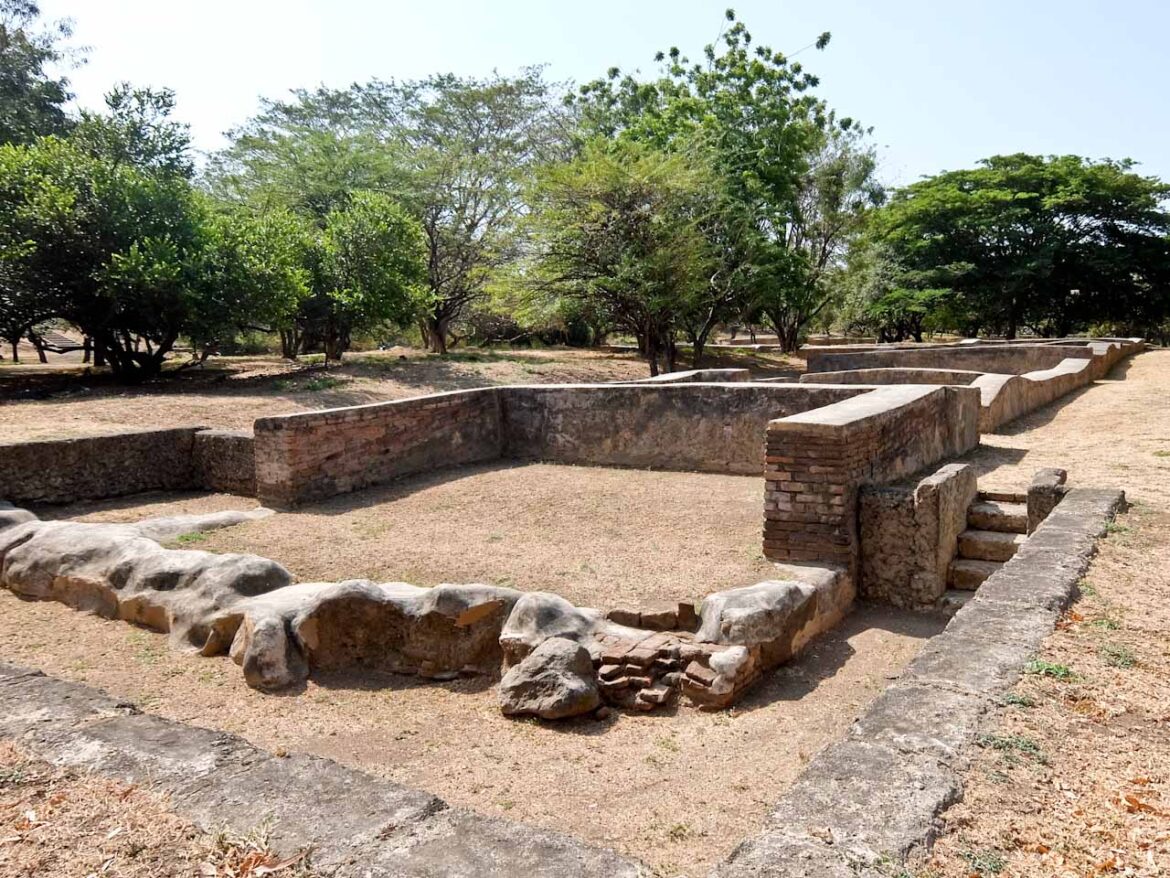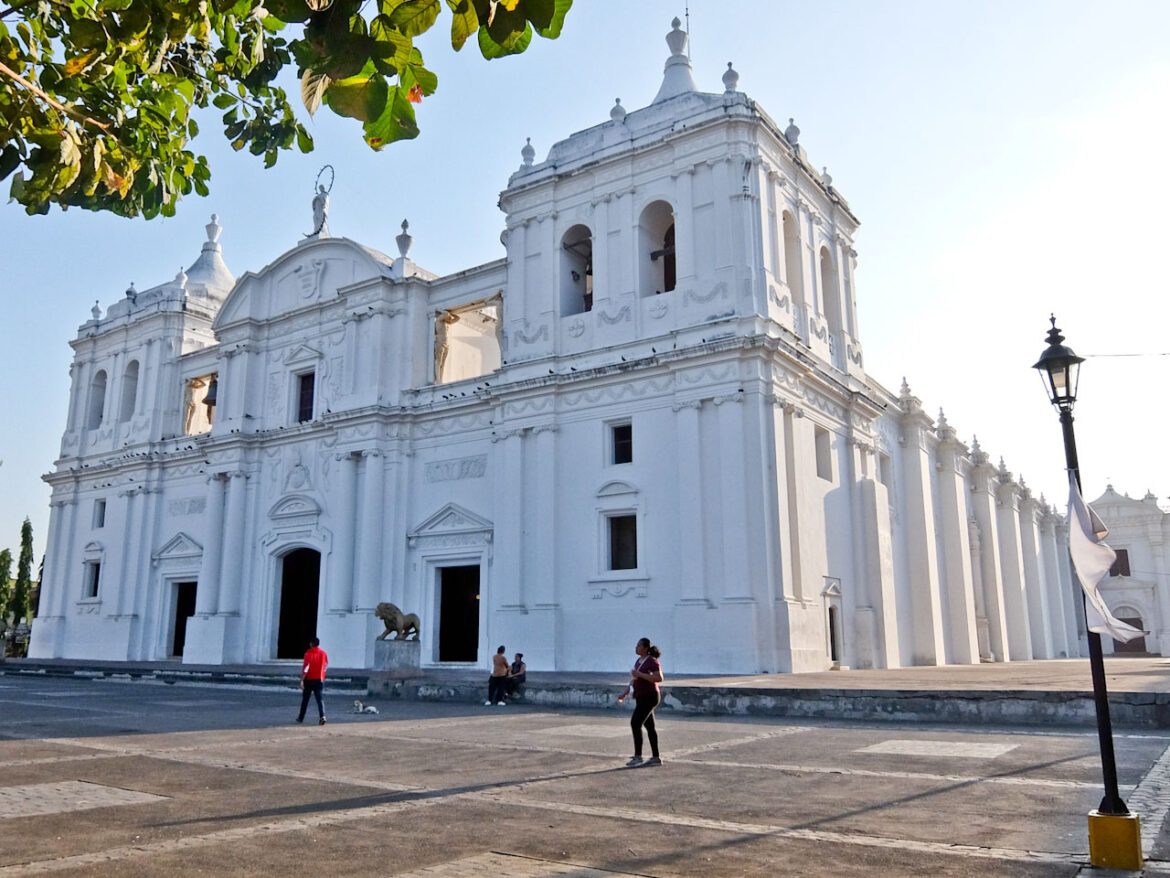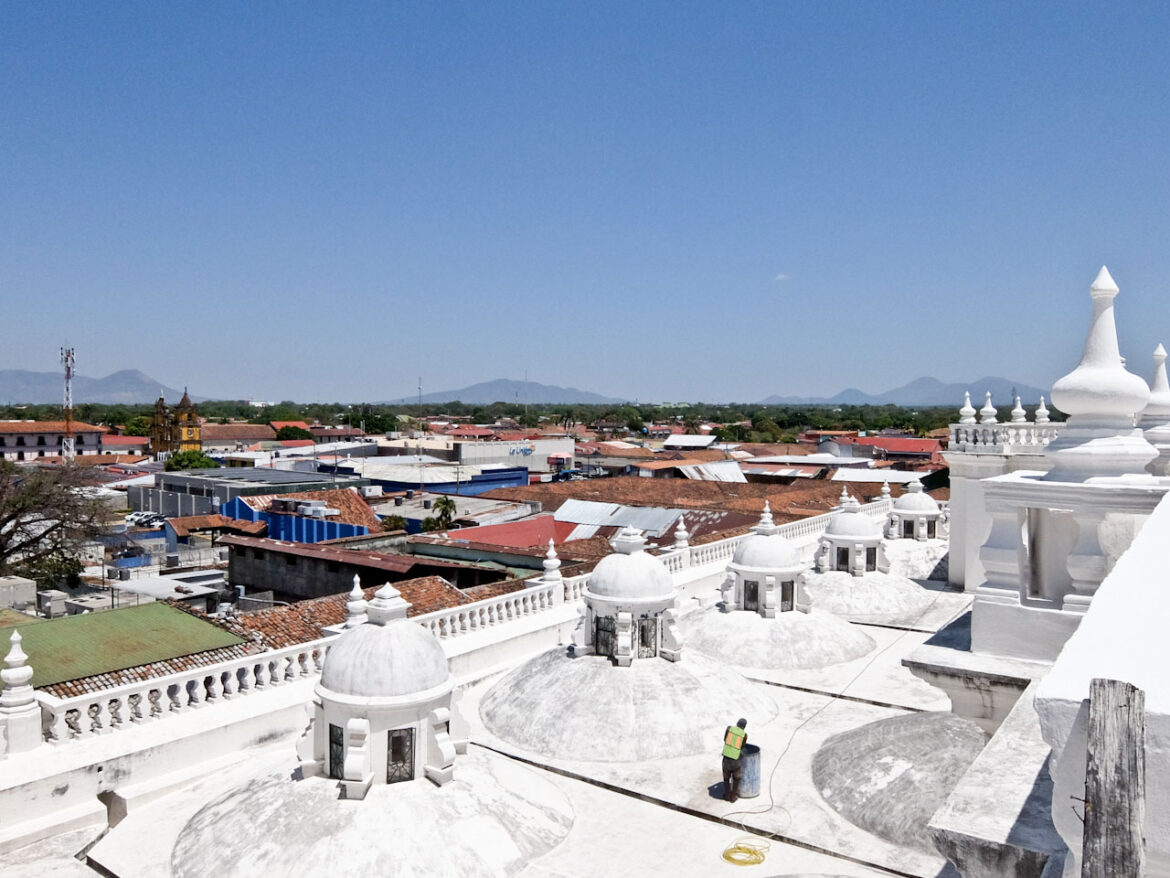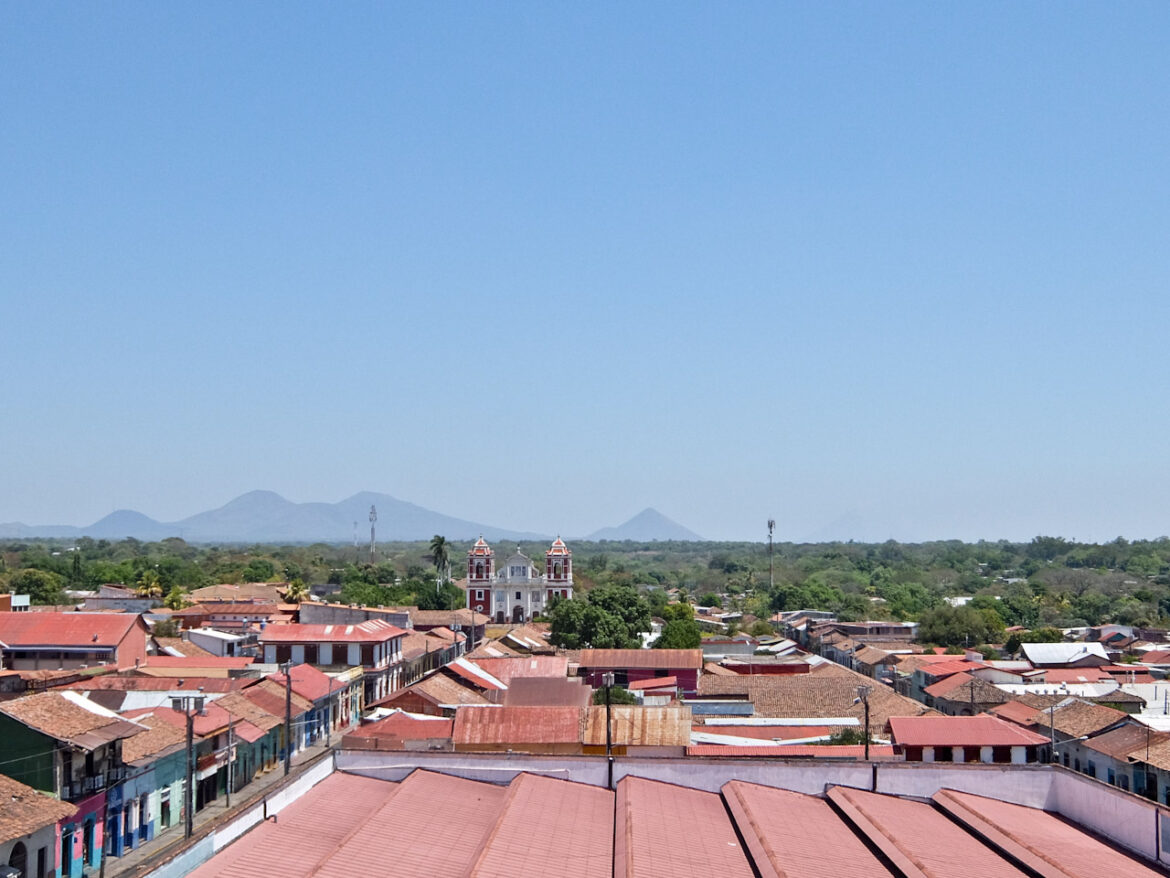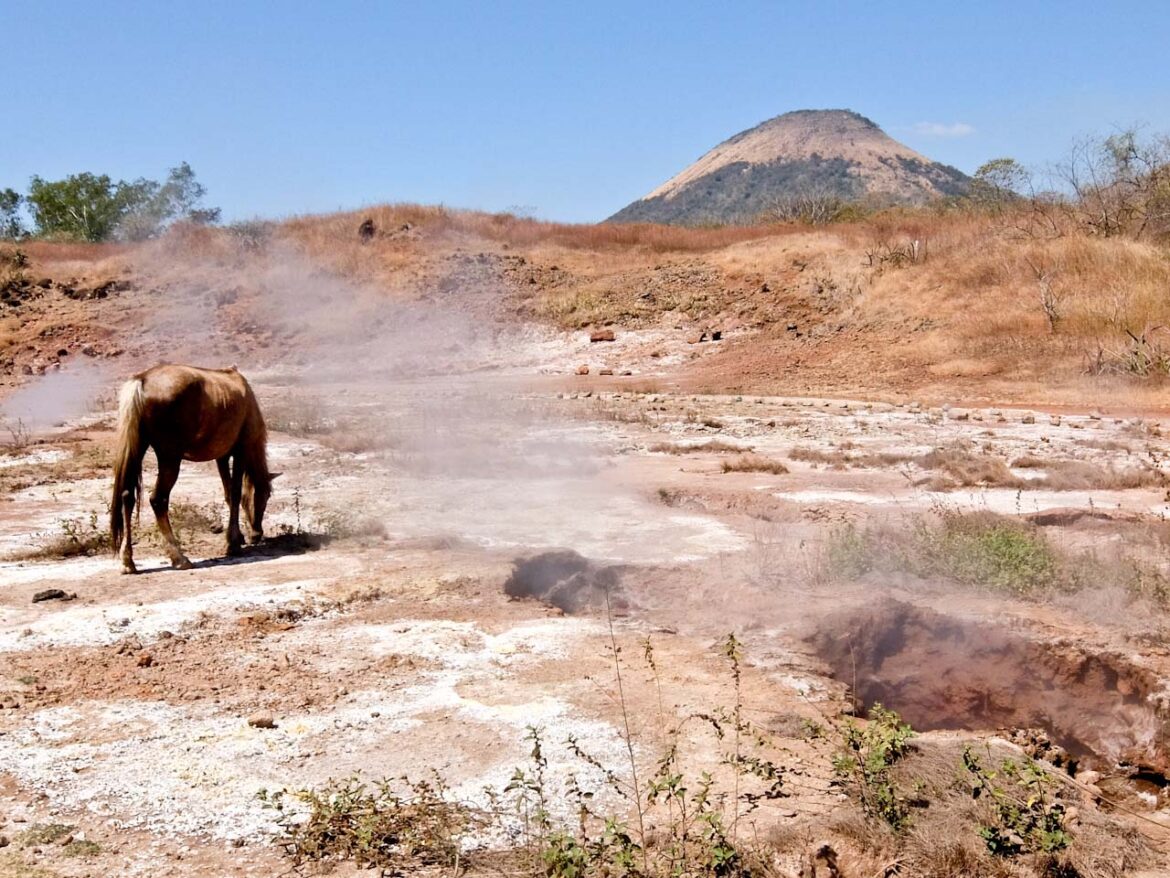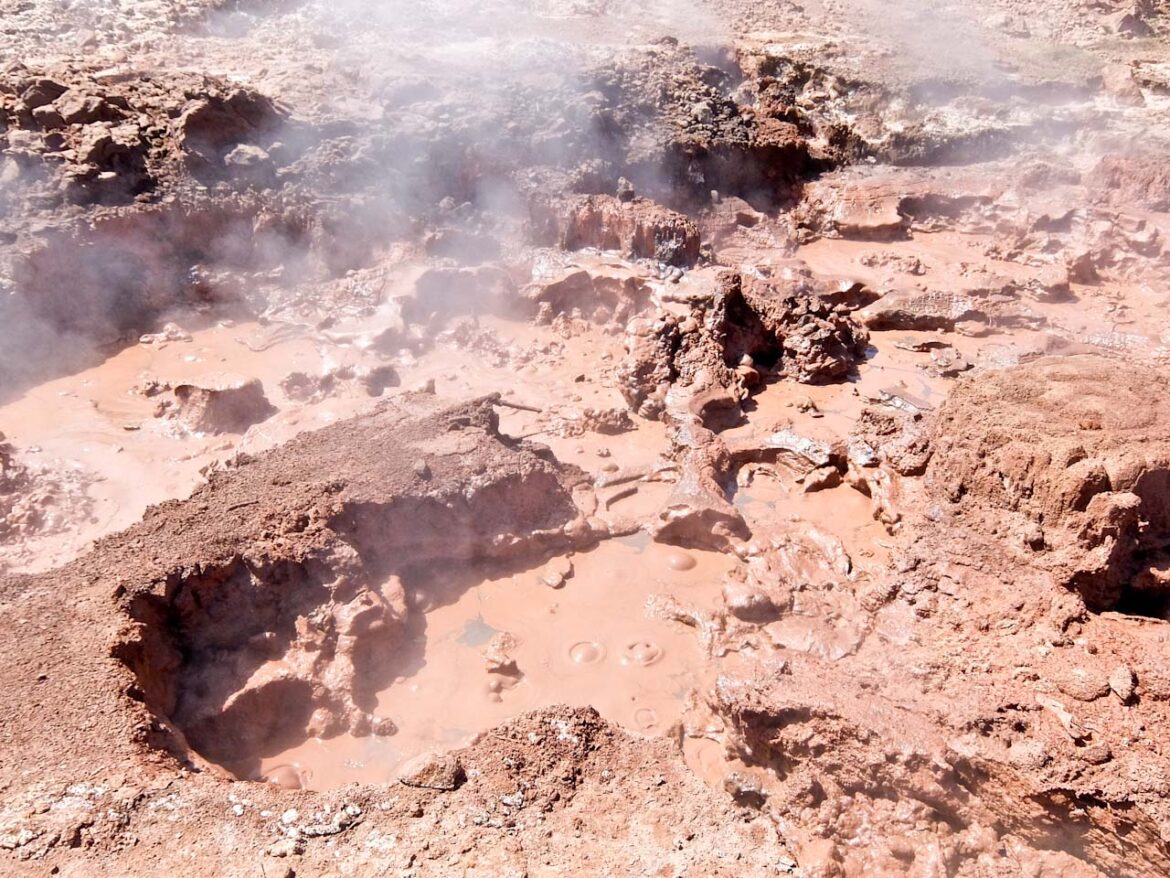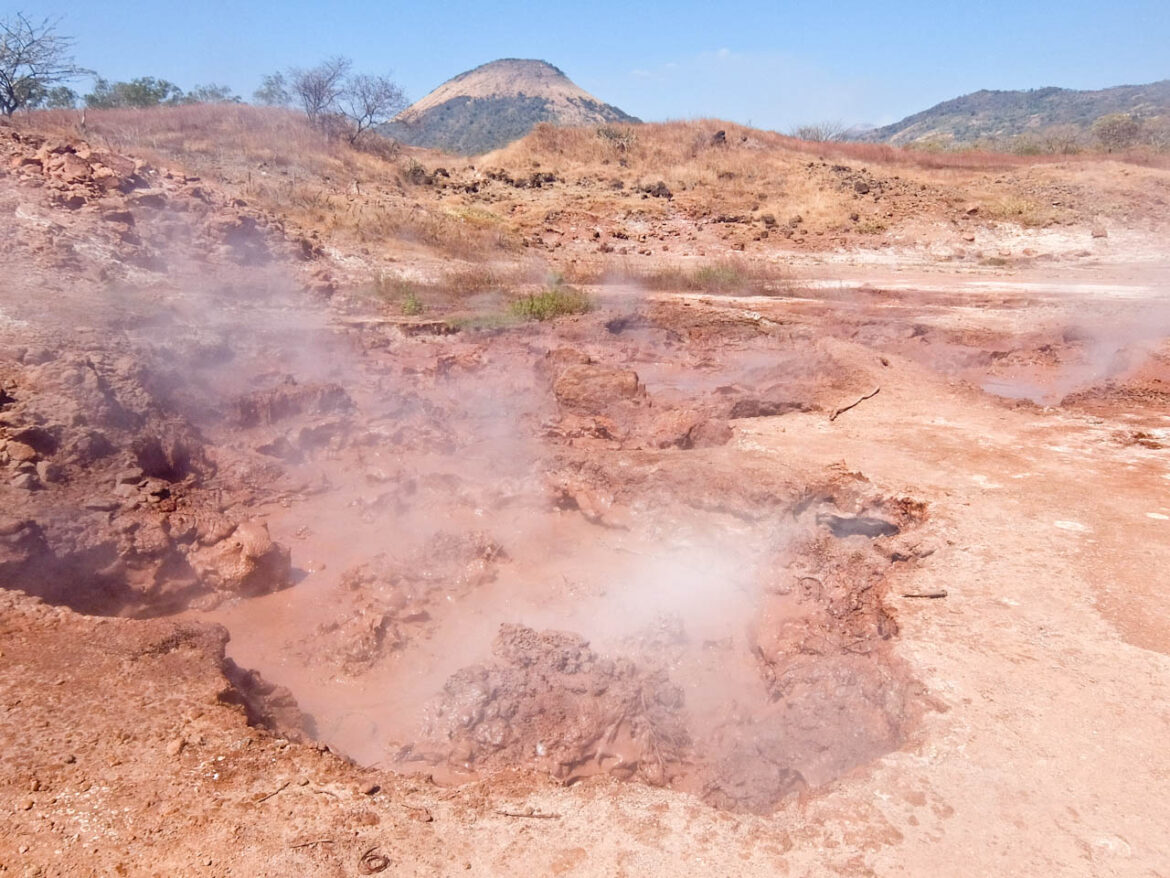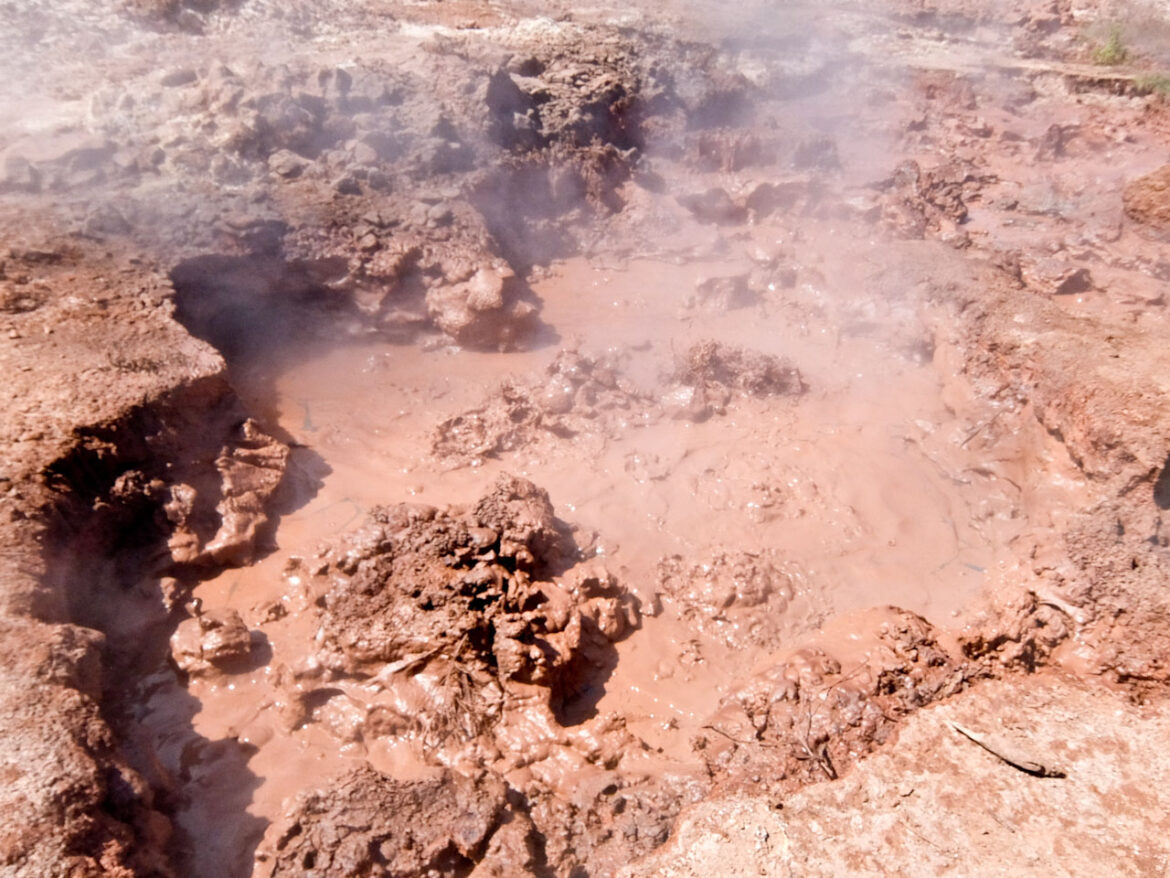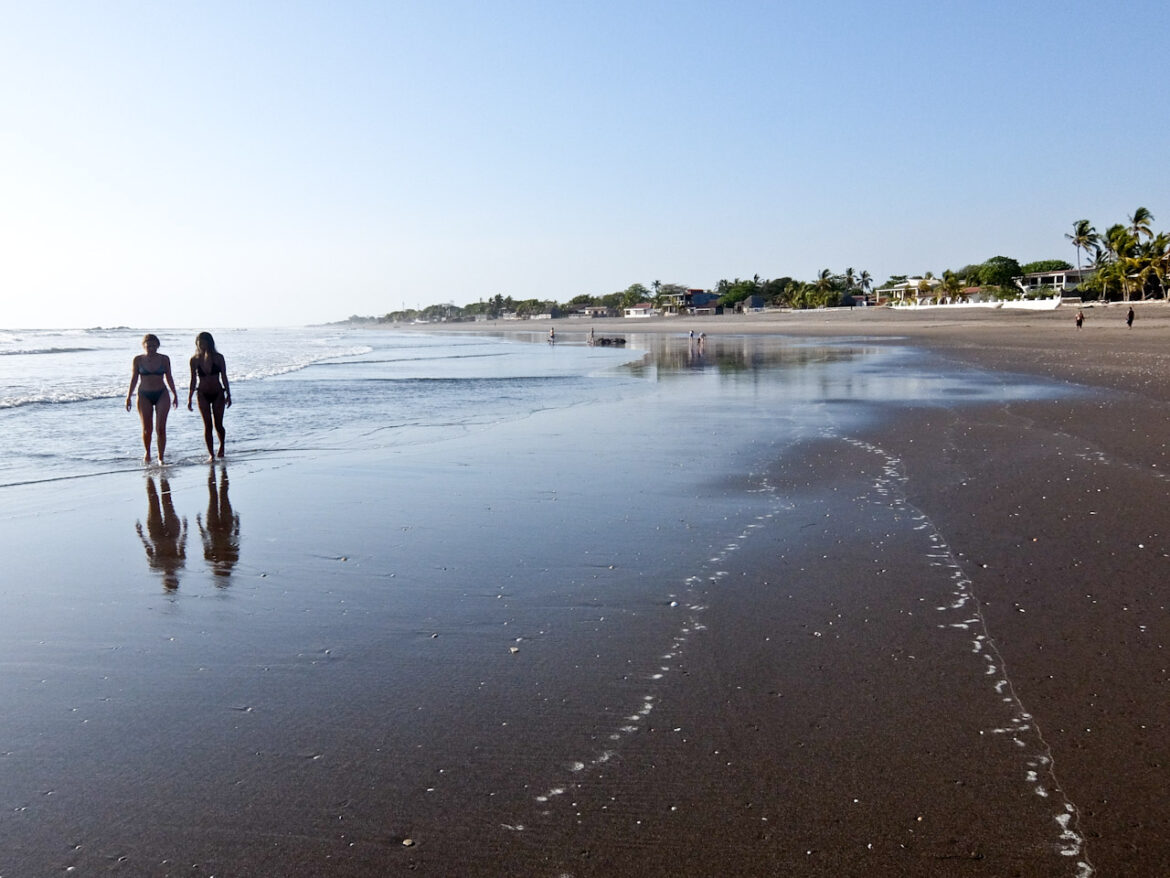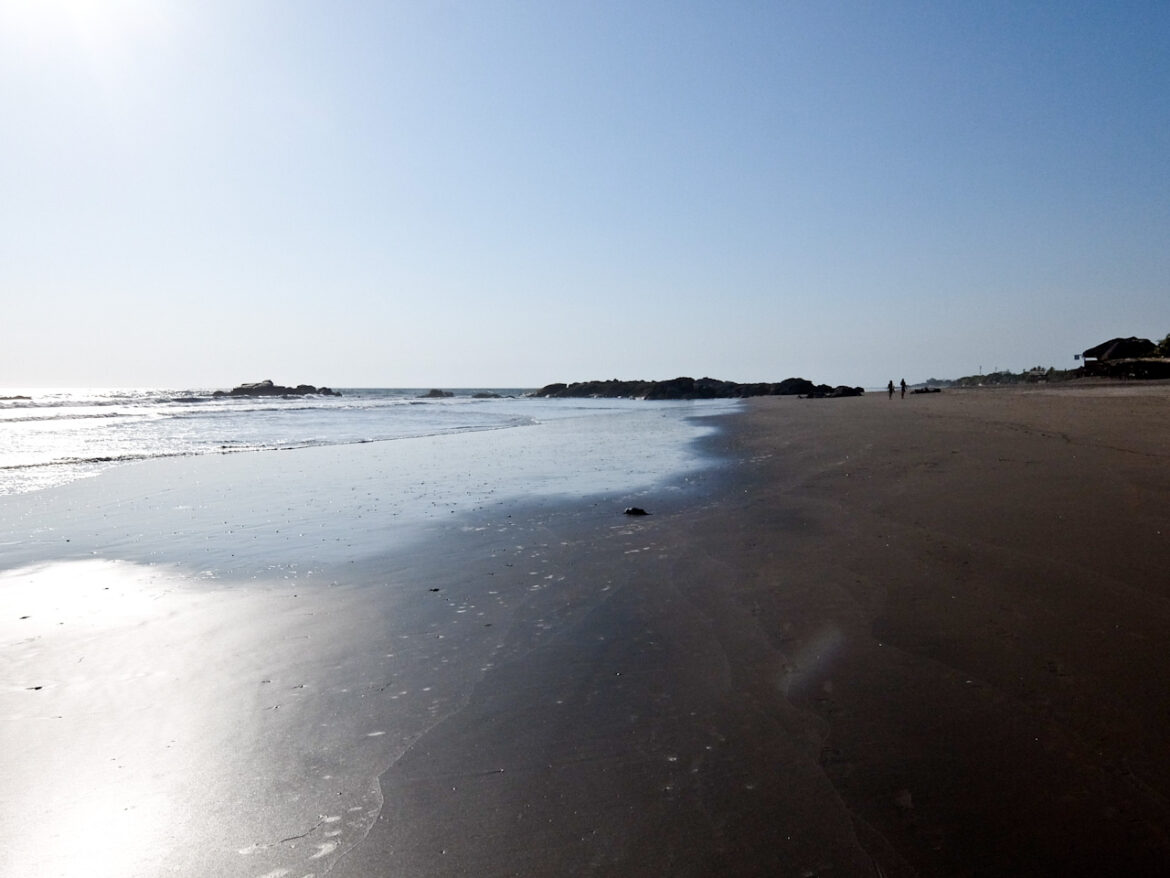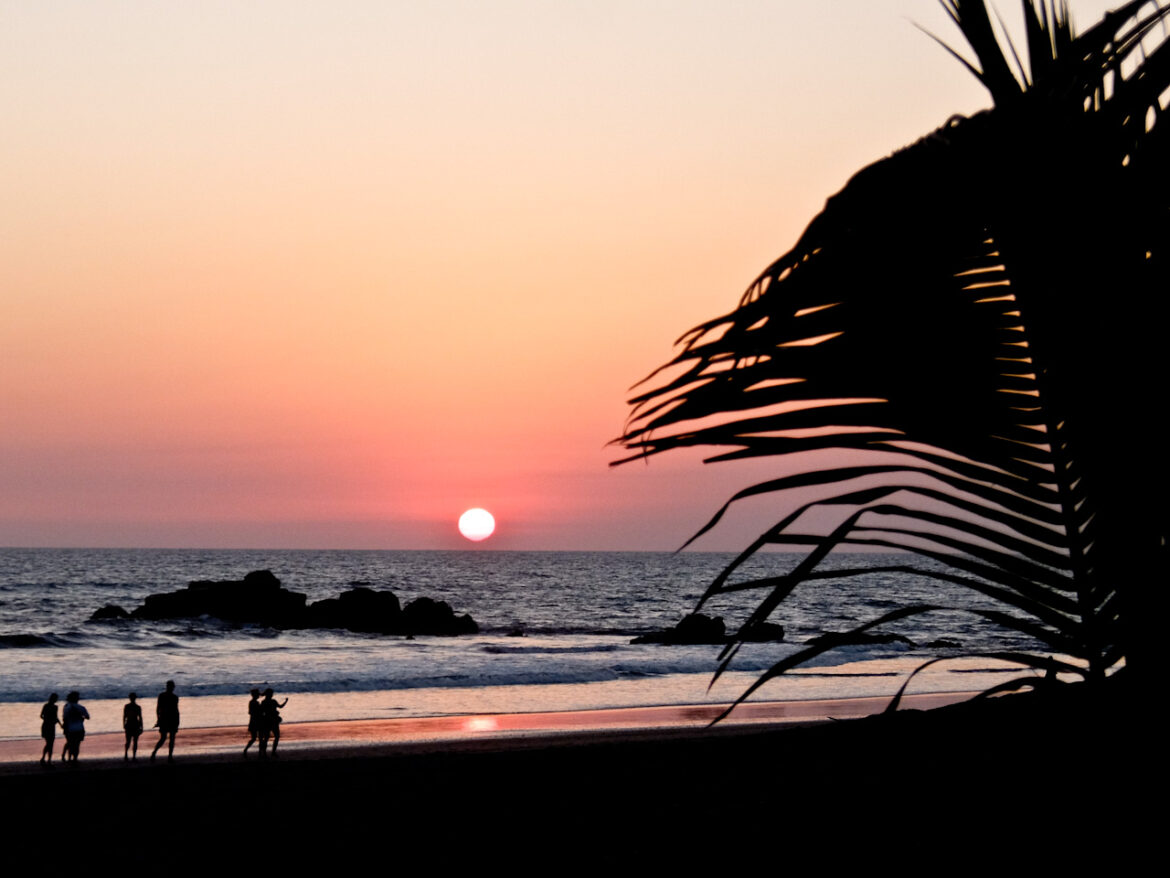Nicaragua boasts stunning natural landscapes, and a difficult history that has shaped its identity. It’s part of the Pacific Ring of Fire, a region characterized by intense volcanic and seismic activity. The country’s volcanic landscape is the result of the movement of tectonic plates beneath the Earth’s surface. There are 19 volcanoes with 7 still active.
From ancient indigenous civilizations to Spanish conquests, political upheavals, and revolutionary movements, Nicaragua’s story is a tapestry woven with threads of resilience, struggle, and hope. The 20th century was a particularly turbulent time but now all is calm again and it’s difficult to believe that this country was the scene of such violence.
Managua
The city of Managua started in 1819 as a tiny fishing village on the southern shores of Lake Managua. In 1852, it became the country’s capital in order to defuse the violent rivalry between León and Granada, Unfortunately it sits in a region of high seismic activity and a devastating earthquake of 1931 levelled much of the city, killing thousands and leaving tens of thousands homeless.
40 years later on December 23, 1972, another quake with a magnitude of 6.2, again devastated the city and over 10,000 people lost their lives. The city was redesigned and rebuilt to be seismic-resistant and it is now one of the greenest cities in Central America.
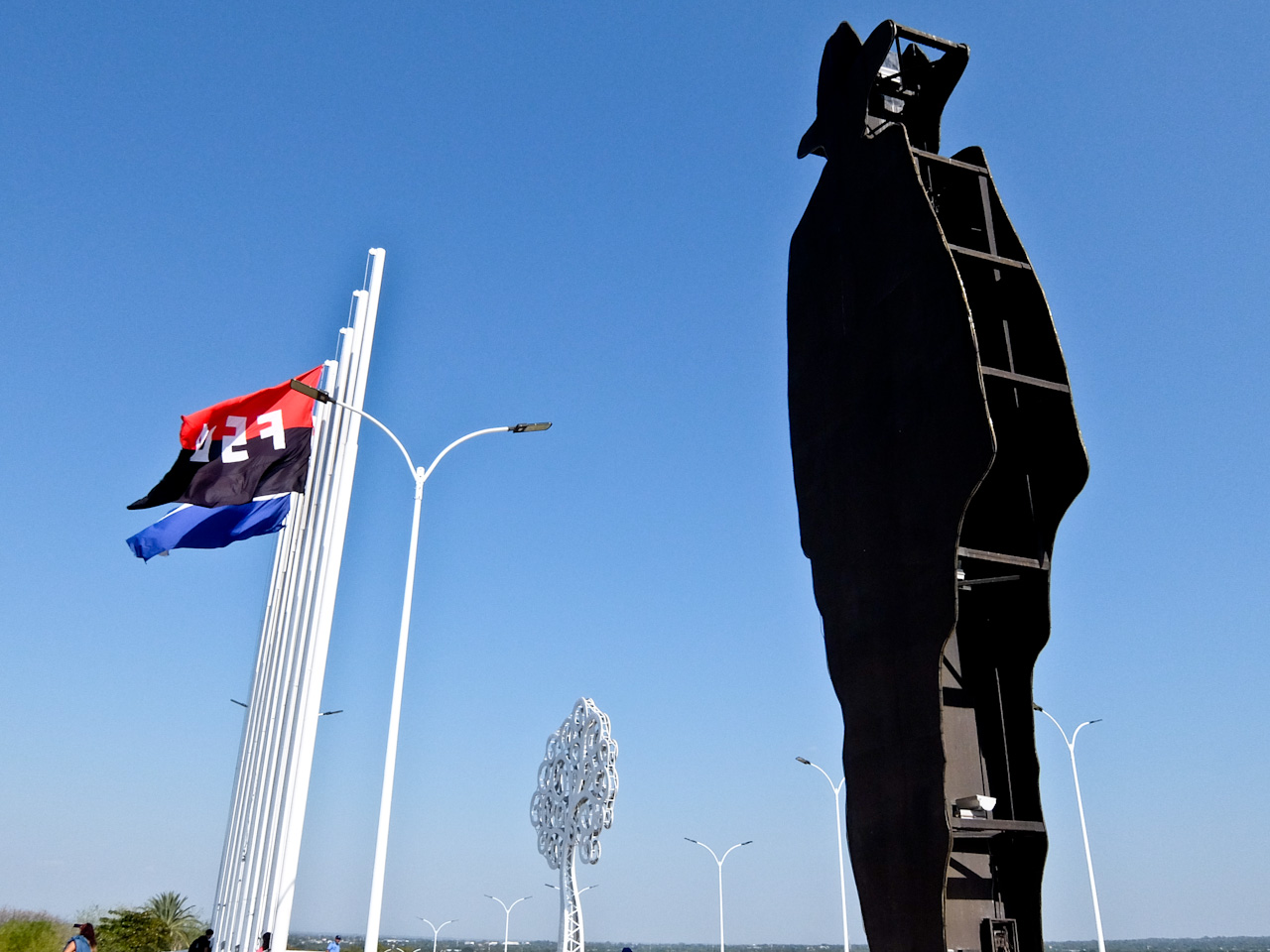 For an overview of the city, I climb the hill of Loma de Tiscapa, crowned by a huge metal silhouette of Nicaraguan revolutionary Augusto C. Sandino. The presidential palace stood here before the earthquake and he and his men were tortured and executed in the basement prison in 1934.
For an overview of the city, I climb the hill of Loma de Tiscapa, crowned by a huge metal silhouette of Nicaraguan revolutionary Augusto C. Sandino. The presidential palace stood here before the earthquake and he and his men were tortured and executed in the basement prison in 1934.
Laid out below me is what was once the city’s historic centre, dominated by the ruined cathedral. It was severely damaged by earthquakes of 1931 and 1972.and stands as a poignant reminder of the city’s tumultuous history. It sits on the edge of the Plaza de la Revolución, along with the magnificent parliament building, another survivor, that now houses the National Museum of Nicaragua.
A modern park, containing revolutionary leader Carlos Fonseca’s tomb, leads to Puerto Salvador Allende, on the lakefront. This is where Managua’s locals come to relax and it’s crammed with restaurants, small kiosks and stands offering everything from local food to sophisticated international dining.
Granada
Founded in 1524 by Spanish conquistador Francisco Hernández de Córdoba, Granada is one of the oldest cities in the Americas. Now celebrating its 500th anniversary, its colonial pastel-coloured buildings lining cobblestone streets, make it an attractive place. It sits on the shores of Lake Nicaragua, one of the largest fresh water lakes in the world.
The main square, the vibrant Parque Central, all lush greenery and sparkling fountains, is dominated by the iconic Cathedral of Granada. Its striking yellow facade and imposing bell towers is the backdrop for the city’s leisure activities. Food stands, market stalls, even karaoke on a big stage, are some of the evening attractions for Granada’s residents and tourists alike.
From here, the pedestrianised Calle La Calzada, leads down to the shores of Lake Nicaragua. The street is lined with the city’s grandest colonial mansions whose ornate facades now house some of the best restaurants and bars. Even better, it’s perfectly safe to wander here at night and dine under the stars in the middle of the street.
From the waterfront Malecón, small boats set out to visit Las Isletas, over 350 small islands formed thousands of years ago by volcanic activity. Some are densely forested and teeming with wildlife, while others boast luxurious private residences and boutique eco-lodges
It’s best to go in late afternoon when the light shows the lush vegetation, trees and water reflections at their best. Howler monkeys swing from the treetops, exotic birds soar overhead, and the imposing Mombacho Volcano looms in the distance. Spectacular sunsets paint the sky in hues of orange and pink, casting a magical glow over the tranquil waters of Lake Nicaragua.
Granada’s Volcanoes
The distinctive cone of Mombacho Volcano, at 1,345m, dominates Granada’s skyline and, technically dormant as it hasn’t erupted since 1570. Its slopes are covered with lush cloud forest teeming with biodiversity, providing a habitat for rare orchids, colourful butterflies, and unique wildlife. Hiking paths lead to each of its four craters and I set out on the Puma Trail which takes me past fumaroles, steam vents, and hot springs.
Nearby is the active Masaya Volcano, with its last eruption 2012. Unlike Mombacho, there’s no scenic conical peak, just multiple chambers and vents churning out gas fumes and smoke. Usually, you can drive right up to the rim of the Santiago crater where you can peer into billowing plumes of smoke and glowing embers. Unfortunately my visit coincides with seismic landslips and access is too dangerous.
Matagalpa
In the mountains of the north, Matagalpa is the capital of coffee production. There’s even a museum where you can learn about the history of coffee cultivation, from its origins in Ethiopia to its introduction here by German immigrants. However this now tranquil town has witnessed tremendous violence.
In the early 1930s, Augusto César Sandino fought US Marines here, then 40 years later came the Sandinista Revolution followed by the Contra War. The town’s central plaza, adorned with colourful murals, has statues of prominent revolutionary heroes, Tomás Borge Martínez and Carlos Fonseca. There’s a Museum of the Revolution on one side of the square and the house where Fonseca was born also houses a small museum.
Outside in the hills above is the Selva Negra eco-resort, an organic coffee plantation which also produces its own fruit and vegetables. Guides take you through all stages of coffee production and also lead you through the surrounding cloud forest. It makes a relaxing place to overnight with its own organic produce served in the restaurant.
León
León, the second-largest city in Nicaragua, is located in the northwest of the country, 90km from Managua but it’s also the second city to bear the name. The first was founded in 1524 by Francisco Hernández de Córdoba about 20 miles away.
Now known as León Viejo, the city was abandoned in 1610 after being buried by an eruption of the Momotombo volcano. The ruins were only rediscovered in 1960 and it now has UNESCO status. Shoulder high walls and foundations of the original buildings give you an idea of the layout of the city.
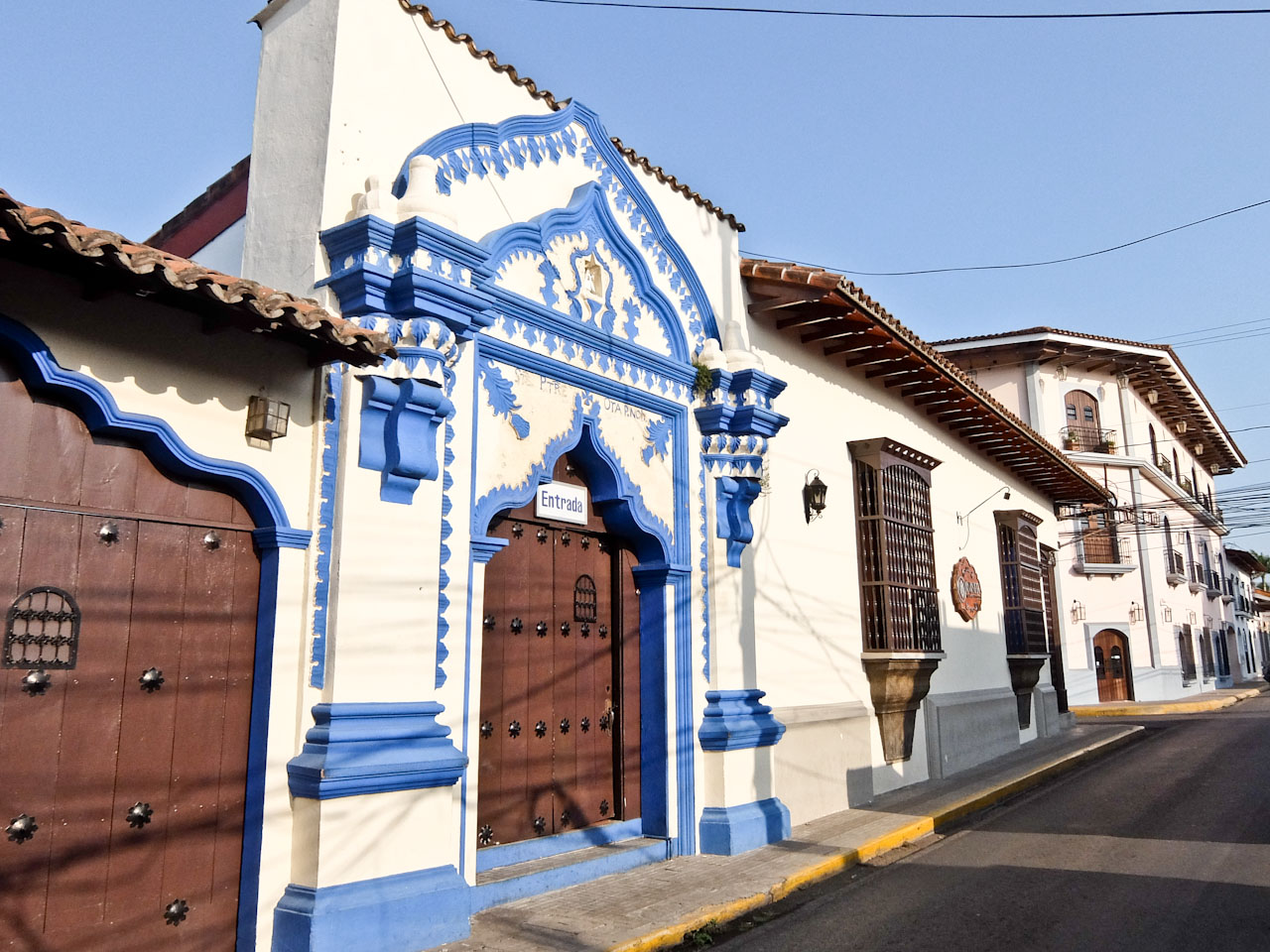
Leon
Present day León boasts a rich colonial heritage, characterized by colourful buildings adorned with intricate facades lining cobbled streets. On independence in 1839, it became the country’s capital, battling with Granada, until Managua was agreed on as a compromise in 1852.
The city has always played an important role in Nicaragua’s political, intellectual and artistic life, making it a major cultural hub in Central America. The country’s most celebrated poet, Rubén Darío, spent his youth here and his house is now a museum. It showcases manuscripts, personal belongings, and artefacts telling the story of his life and works
At the heart of the city, lies the UNESCO-listed León Cathedral, the largest in Central America. Built in the 18th century, this impressive structure features a mix of Baroque and Neoclassical architectural styles and offers stunning views of the city from its rooftops.
San Jacinto Mudholes
San Jacinto, a small town about 20km from León, is home to a remarkable geothermal wonder known as Los Hervideros. Here the Earth’s fiery energy bubbles to the surface, creating a barren landscape of super-heated mud and steam. In the midst of it all a horse grazes nonchalantly, seemingly oblivious to the surrounding turmoil
These boiling mud pools are likely connected to the Telica Volcano behind, serving as breathing holes for the steam rising from the magma. There’s a pervasive smell of sulphur and you have to be careful to avoid a hail of small stones ejected from the mud.
Las Penitas
An hour from Leon, on the Pacific coast of Nicaragua, Las Peñitas is the perfect place to recharge. Stretching for miles along the coastline, the soft golden sands are lined with a variety of beachfront restaurants and hotels. From boutique eco-lodges to cosy guesthouses, there are options to suit every budget and preference. There’s nothing better than sitting watching the sun go down sipping a cocktail of Nicaragua’s best Flor de Caña rum.
Factfile
GO: Aeromexico (aeromexico.com) flies to Managua from London via Mexico City.
STAY: Double Tree by Hilton Managua has great views over the city.
La Gran Francia Hotel is just off Granada’s main square in a Colonial mansion.
Serra Negra Ecolodge, just outside Matagalpa, is a destination in its own right.
Hotel La Recolección in León is comfortable and central.
INFO: Visit Nicaragua has information about the country.

